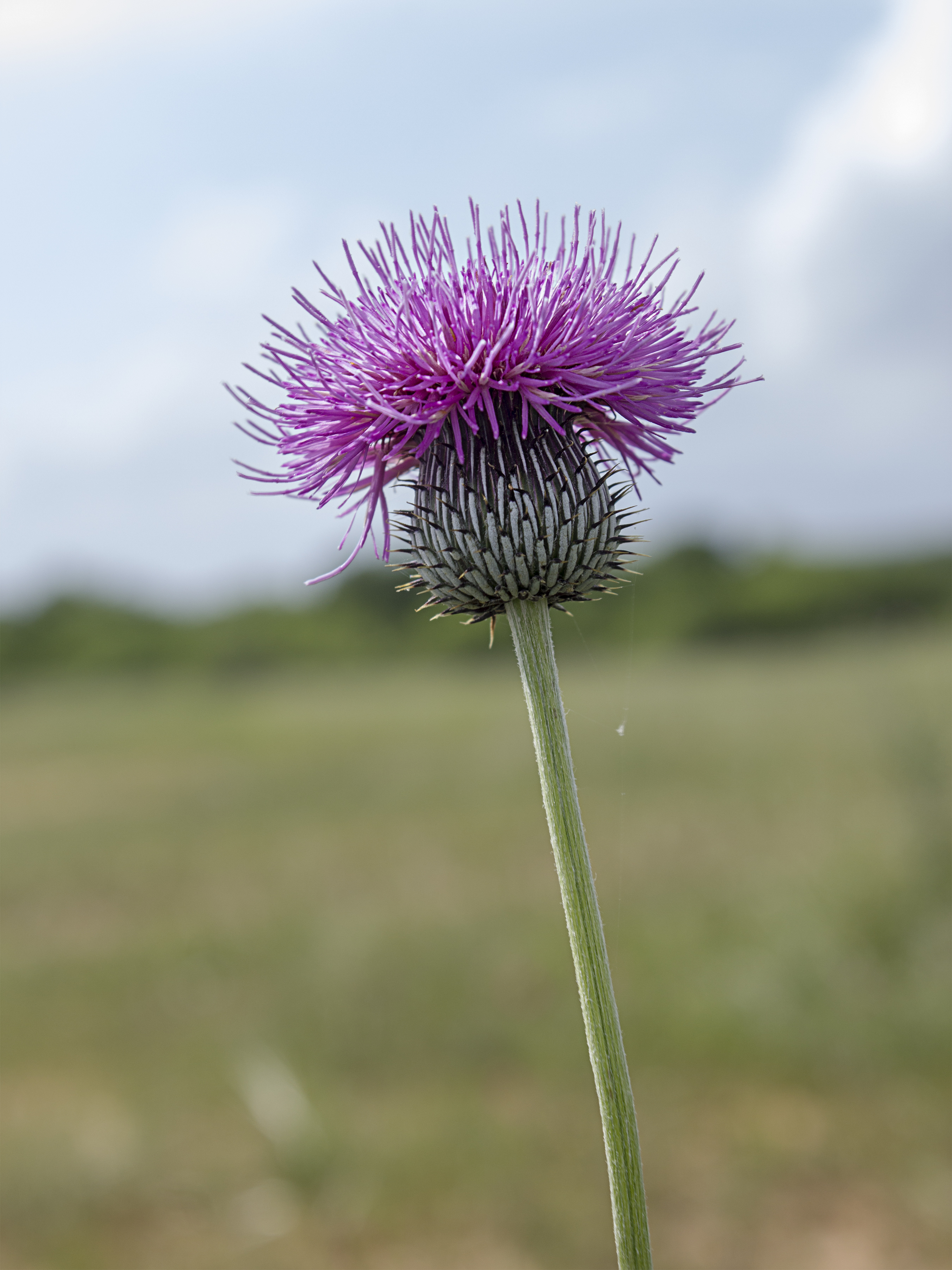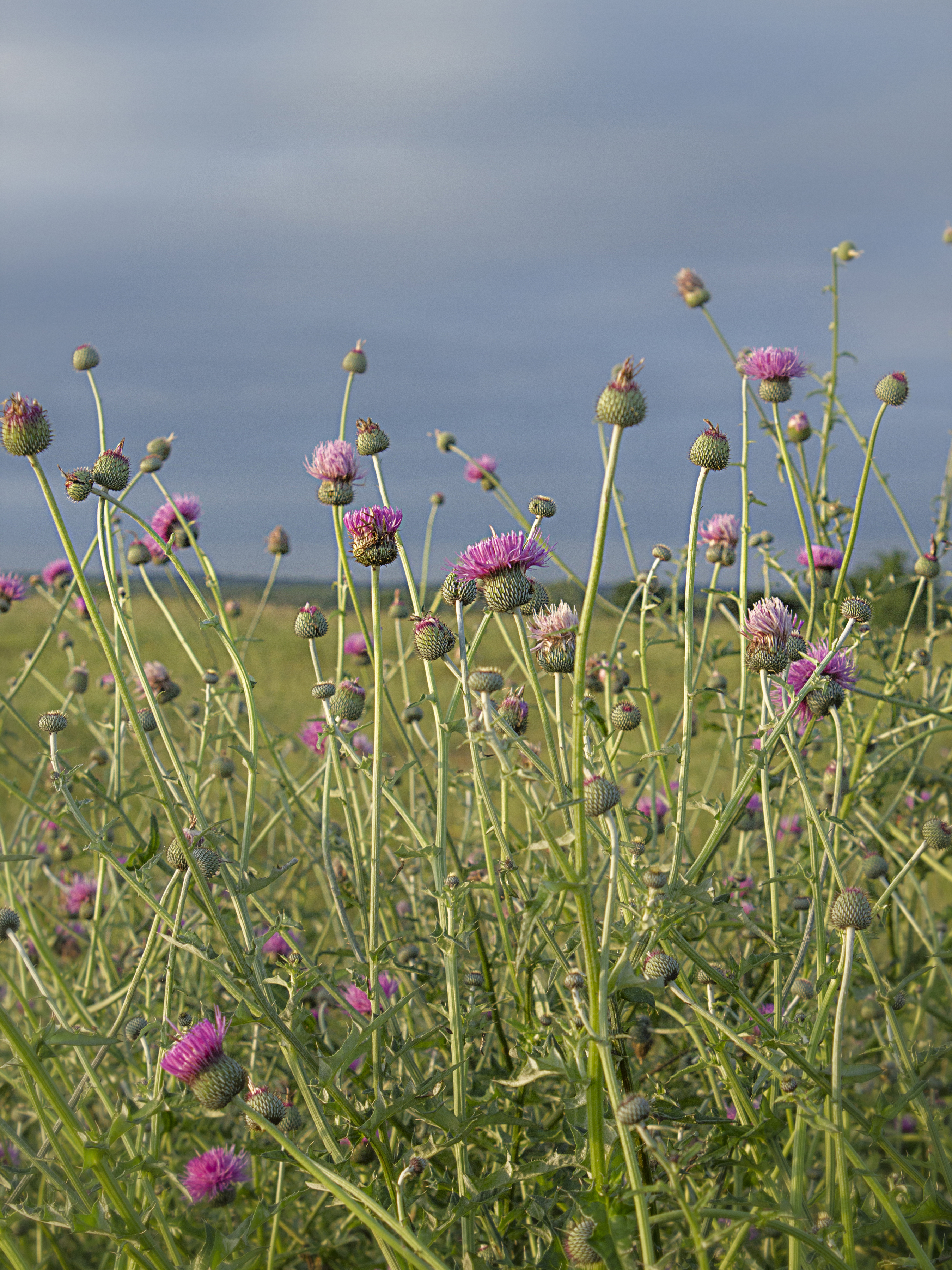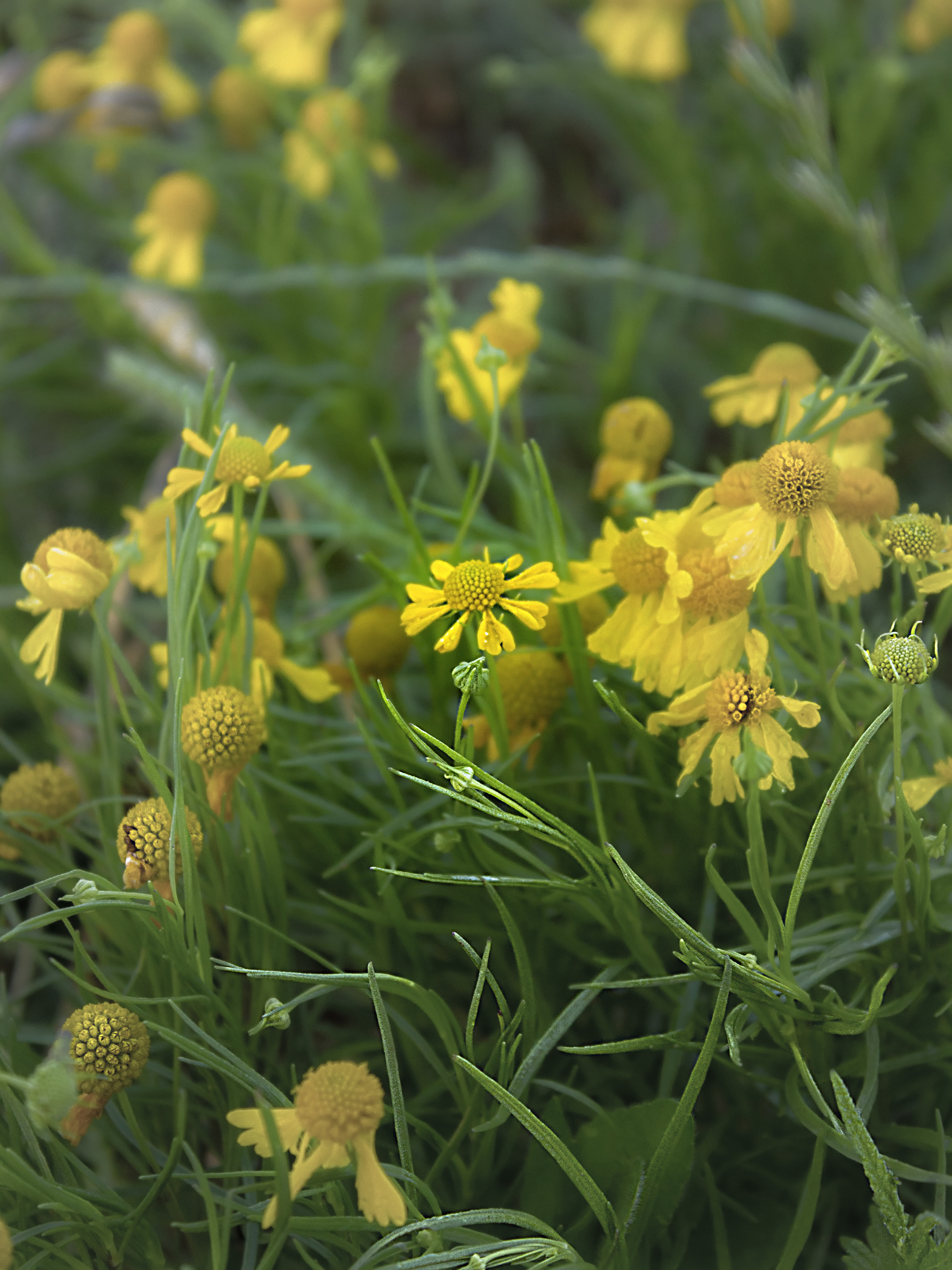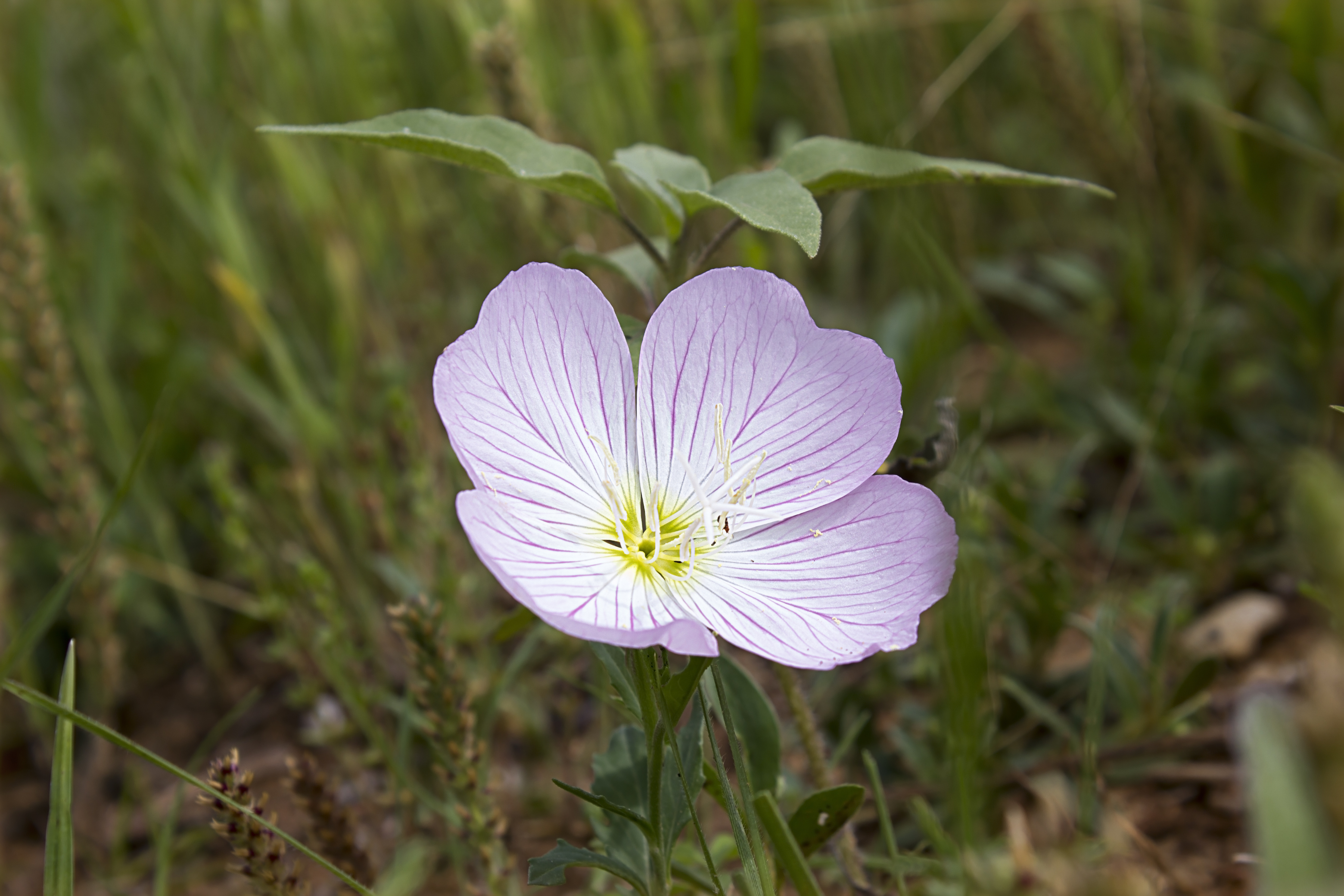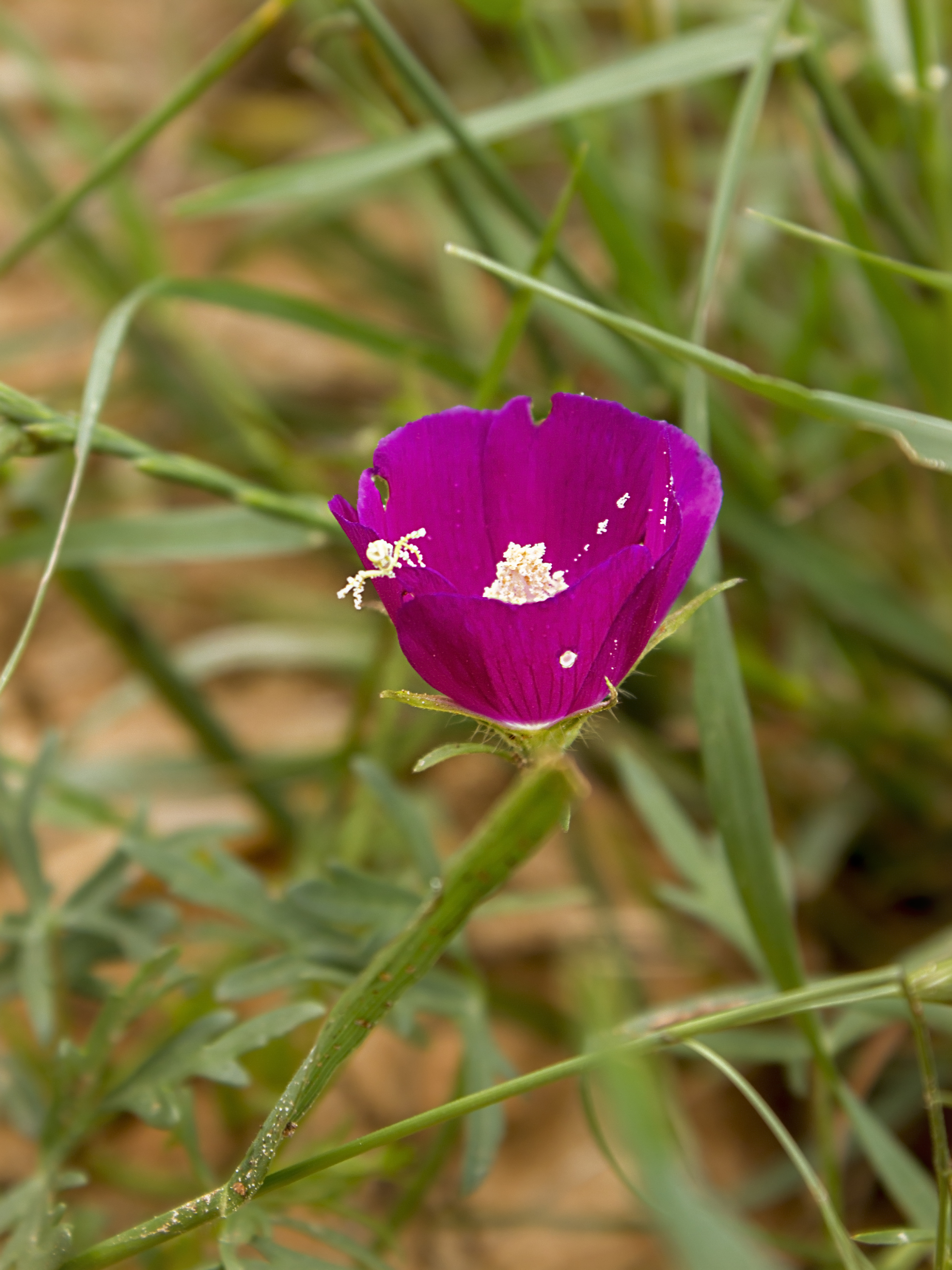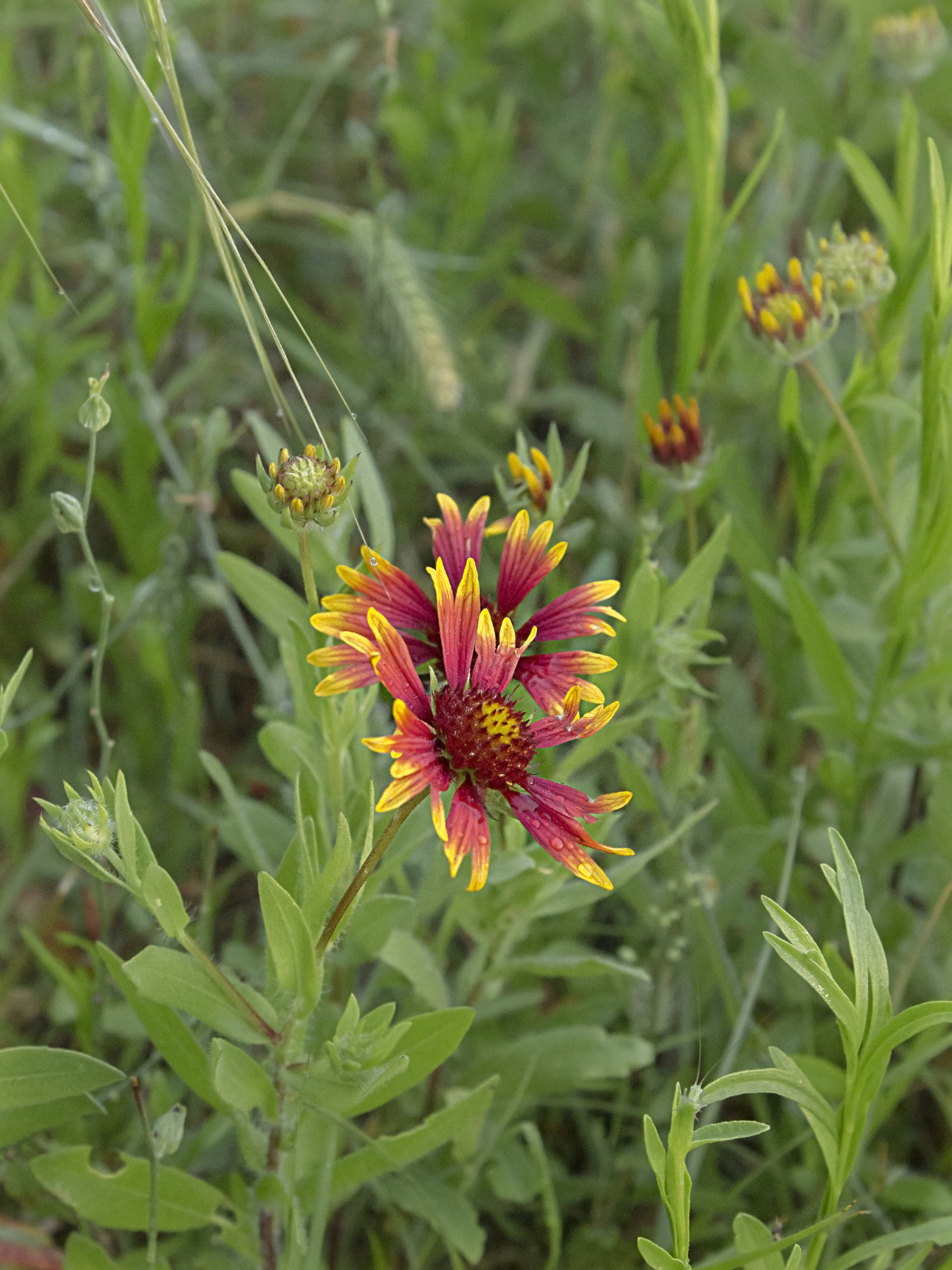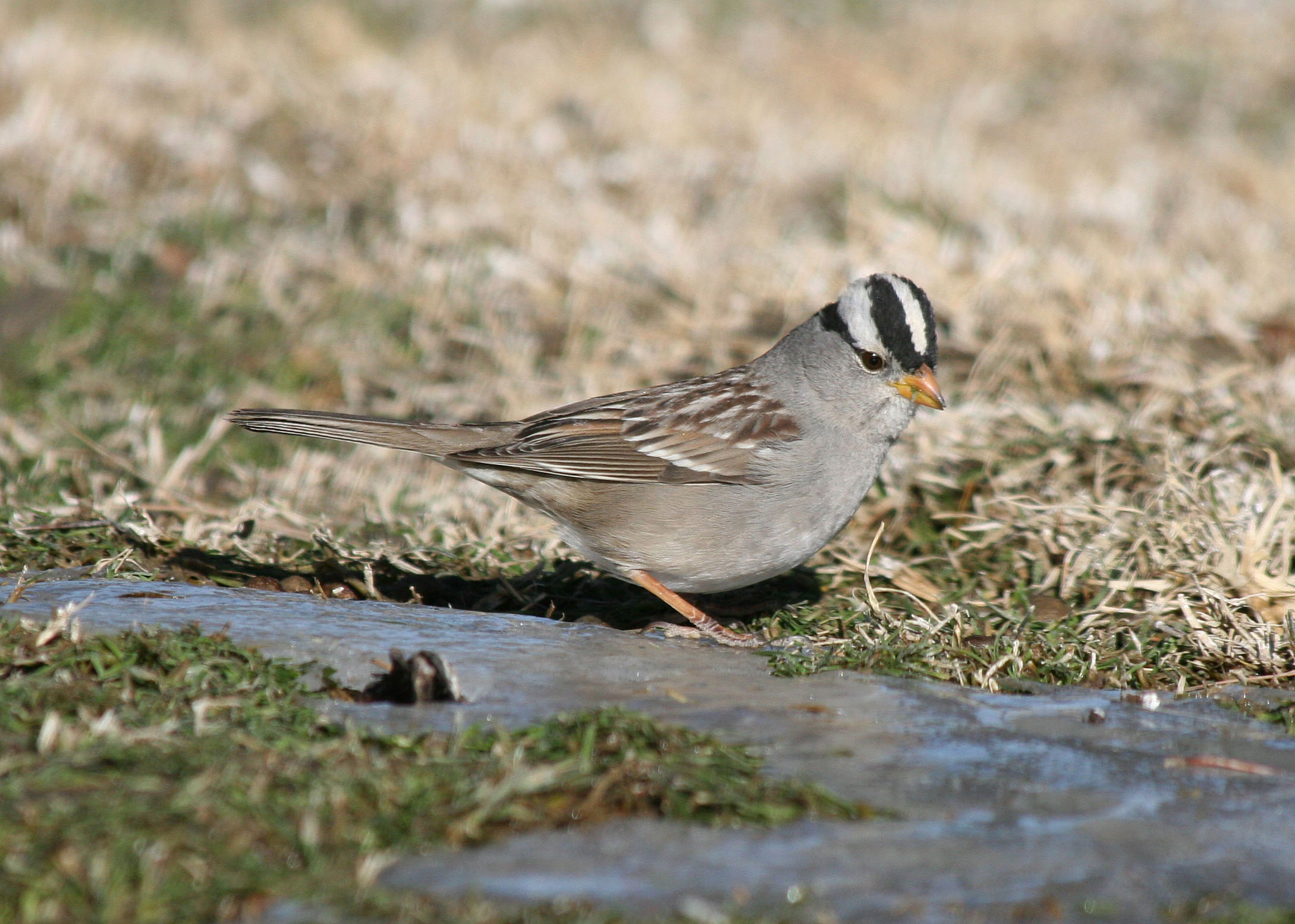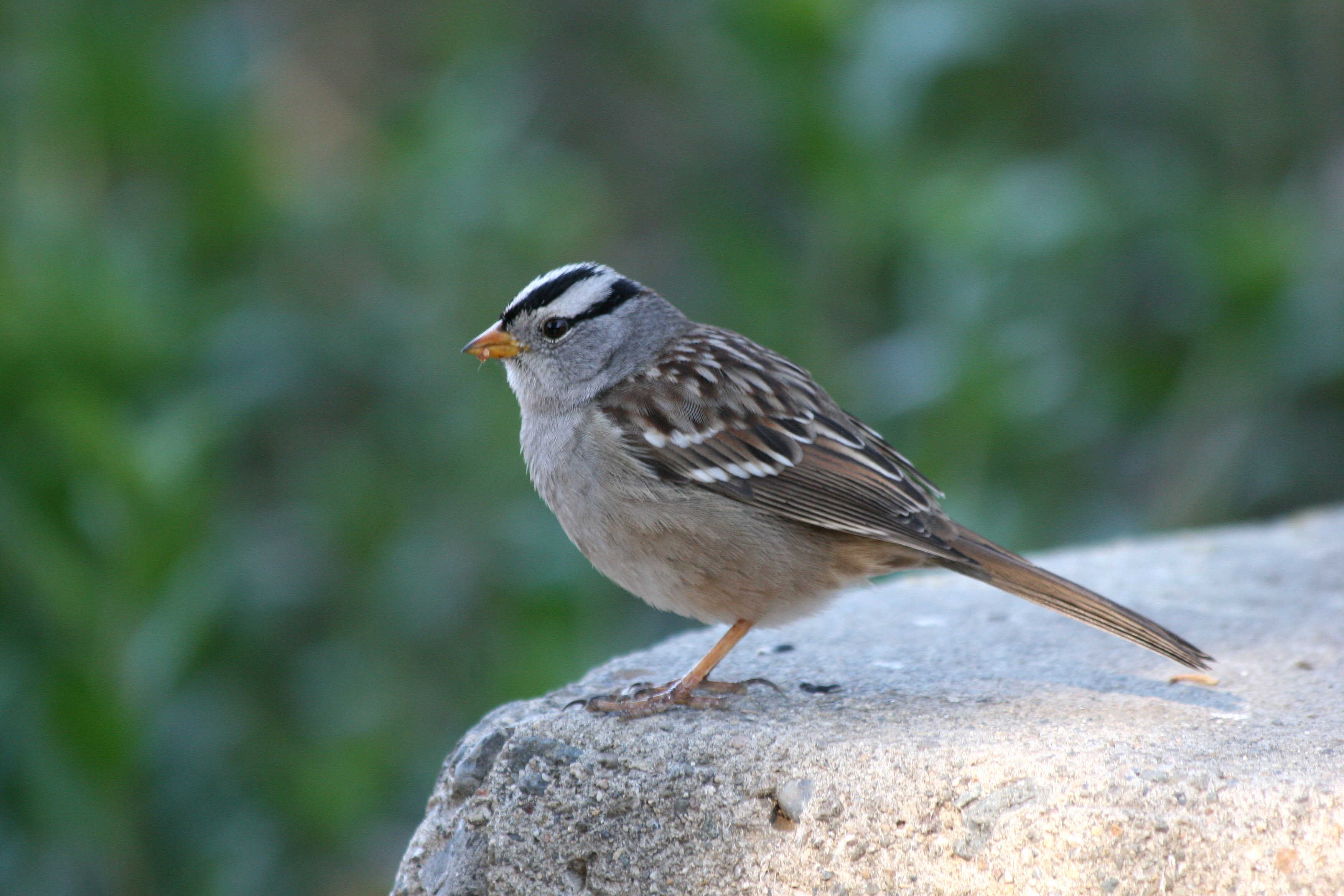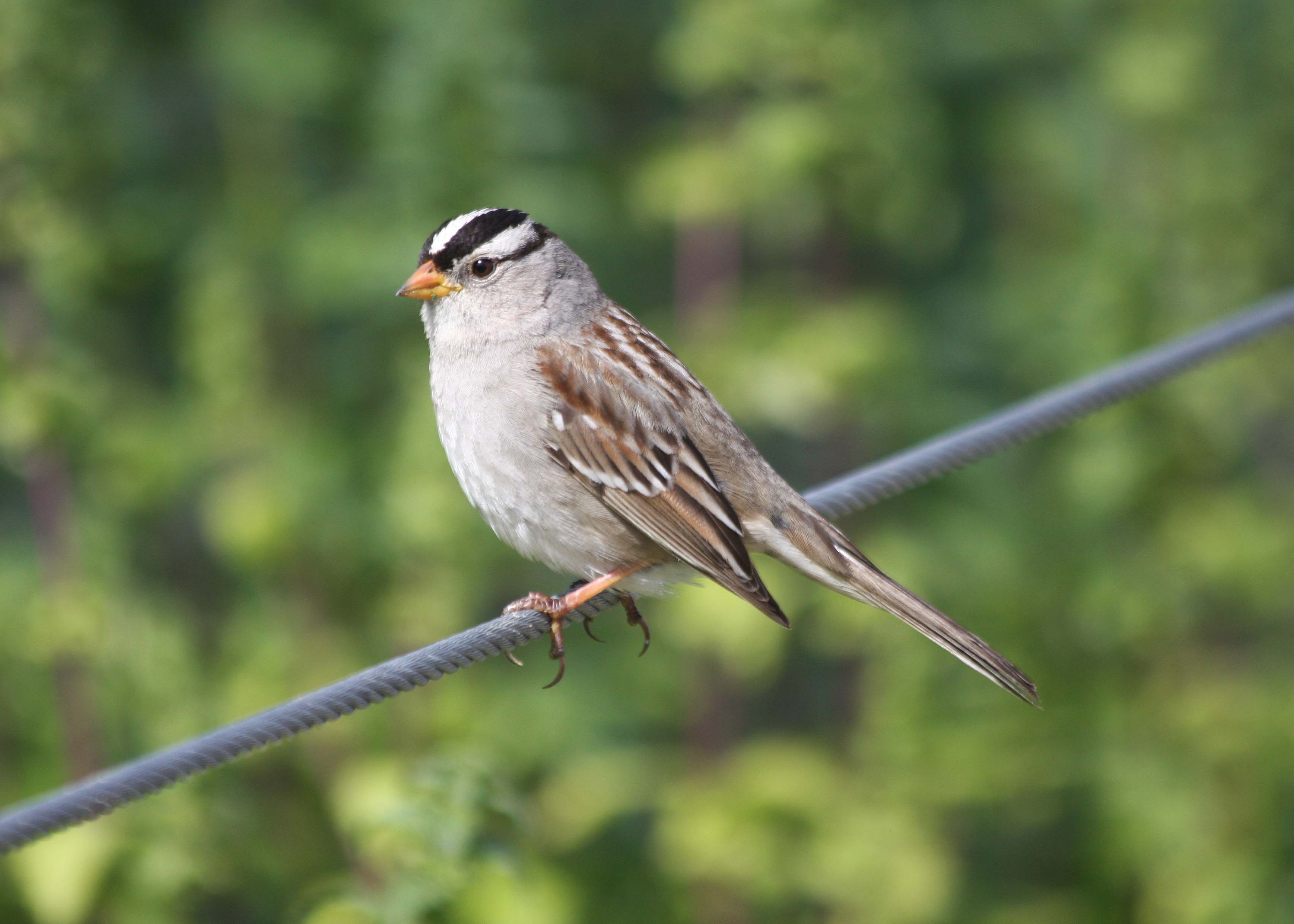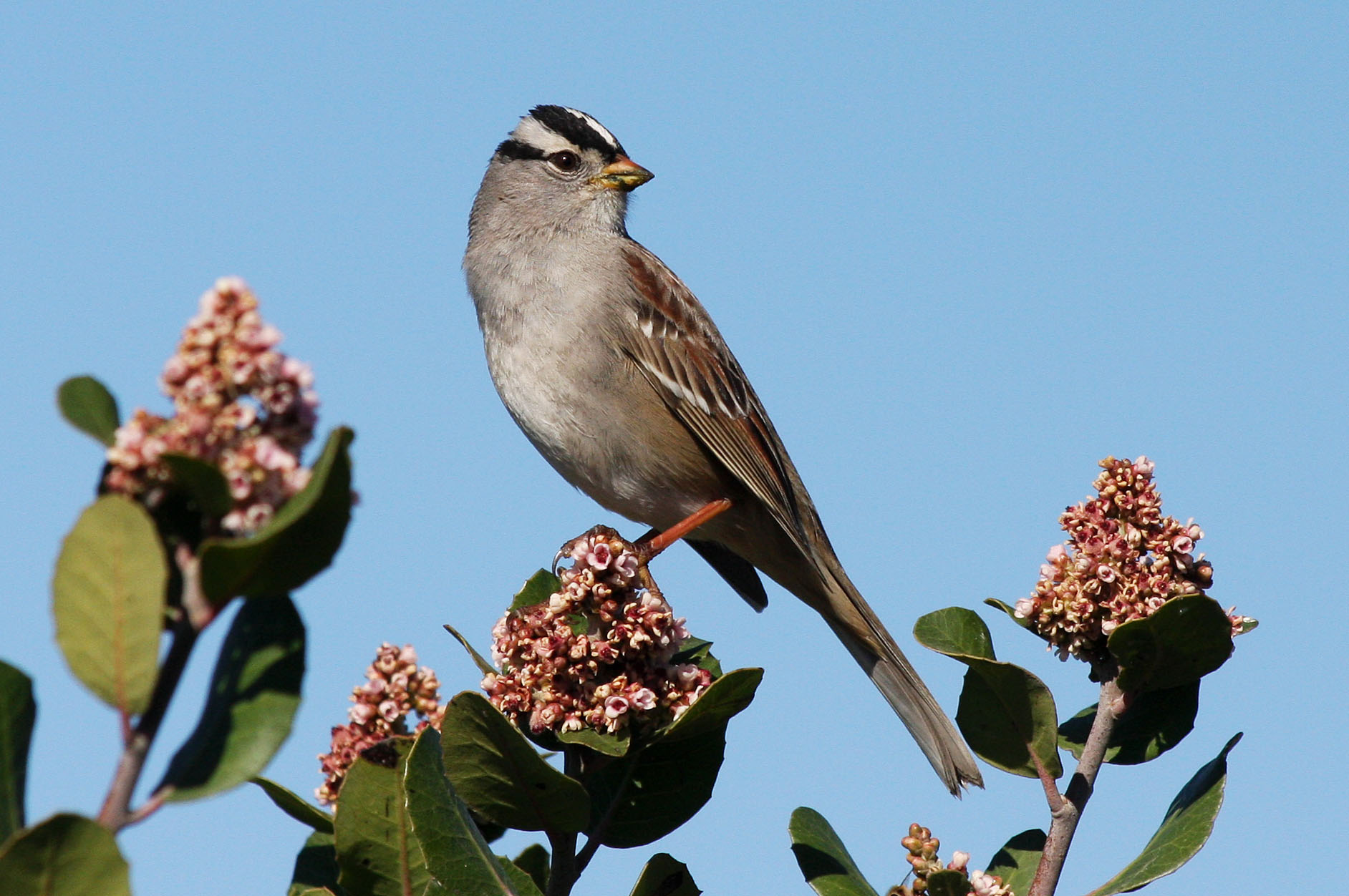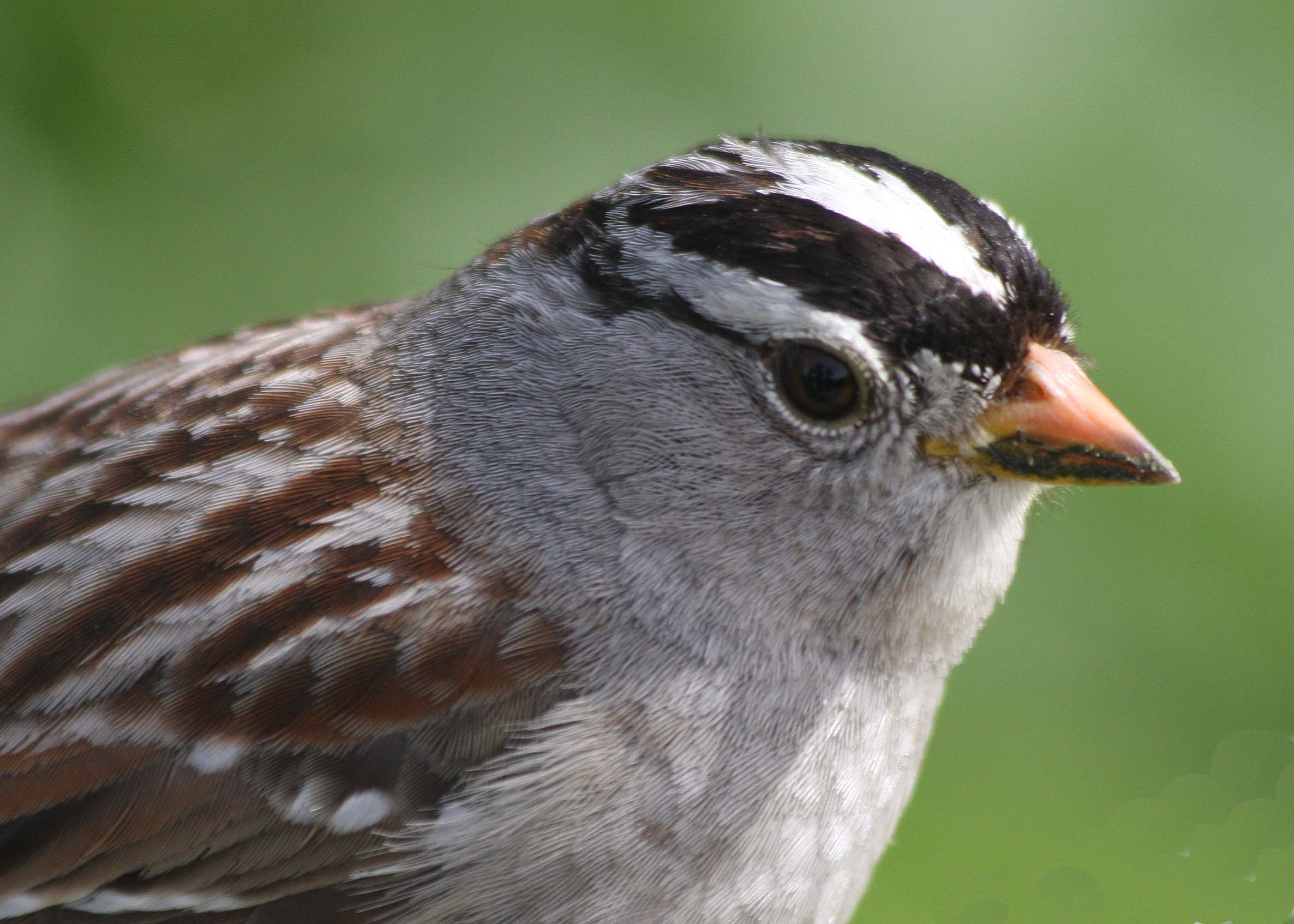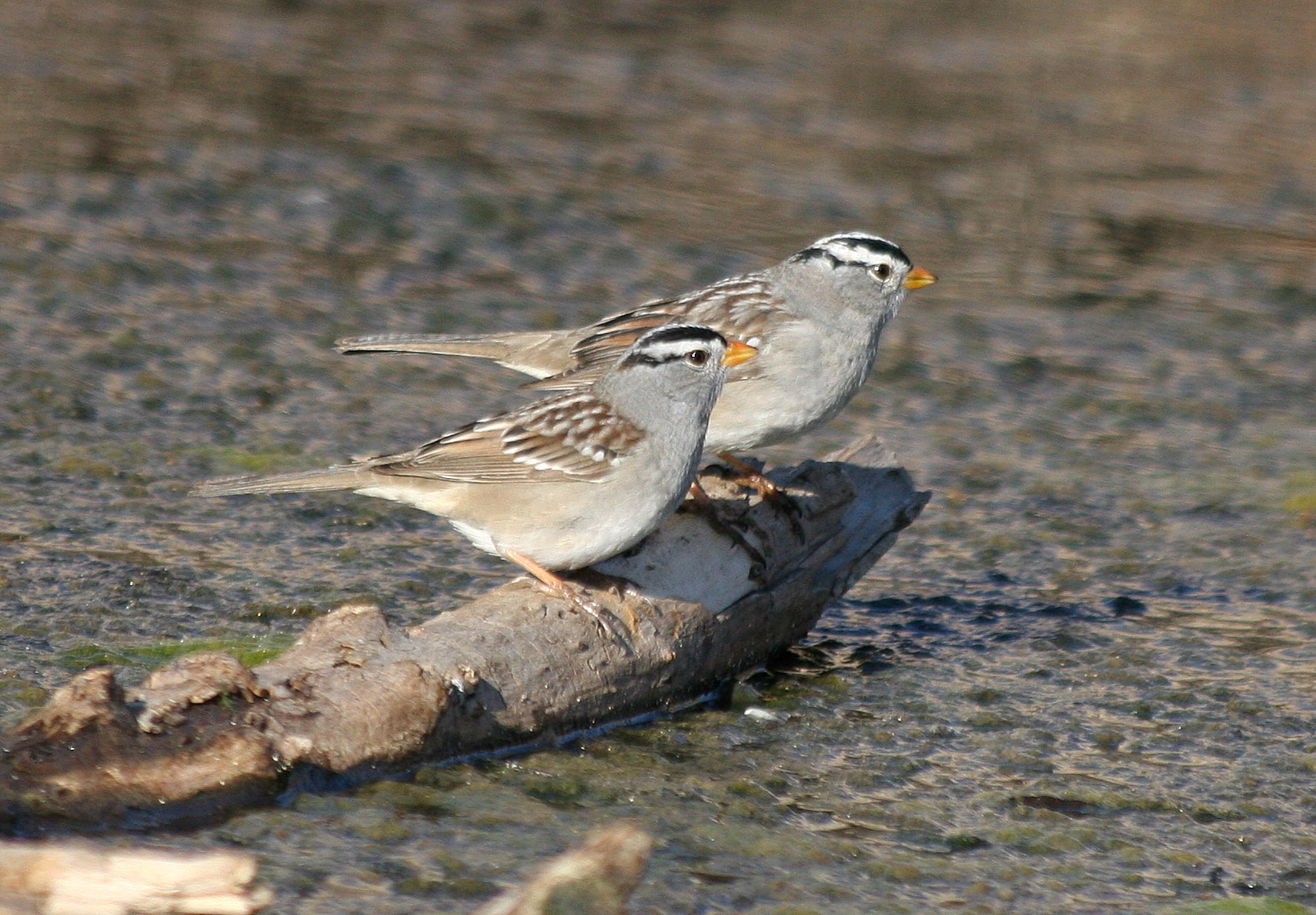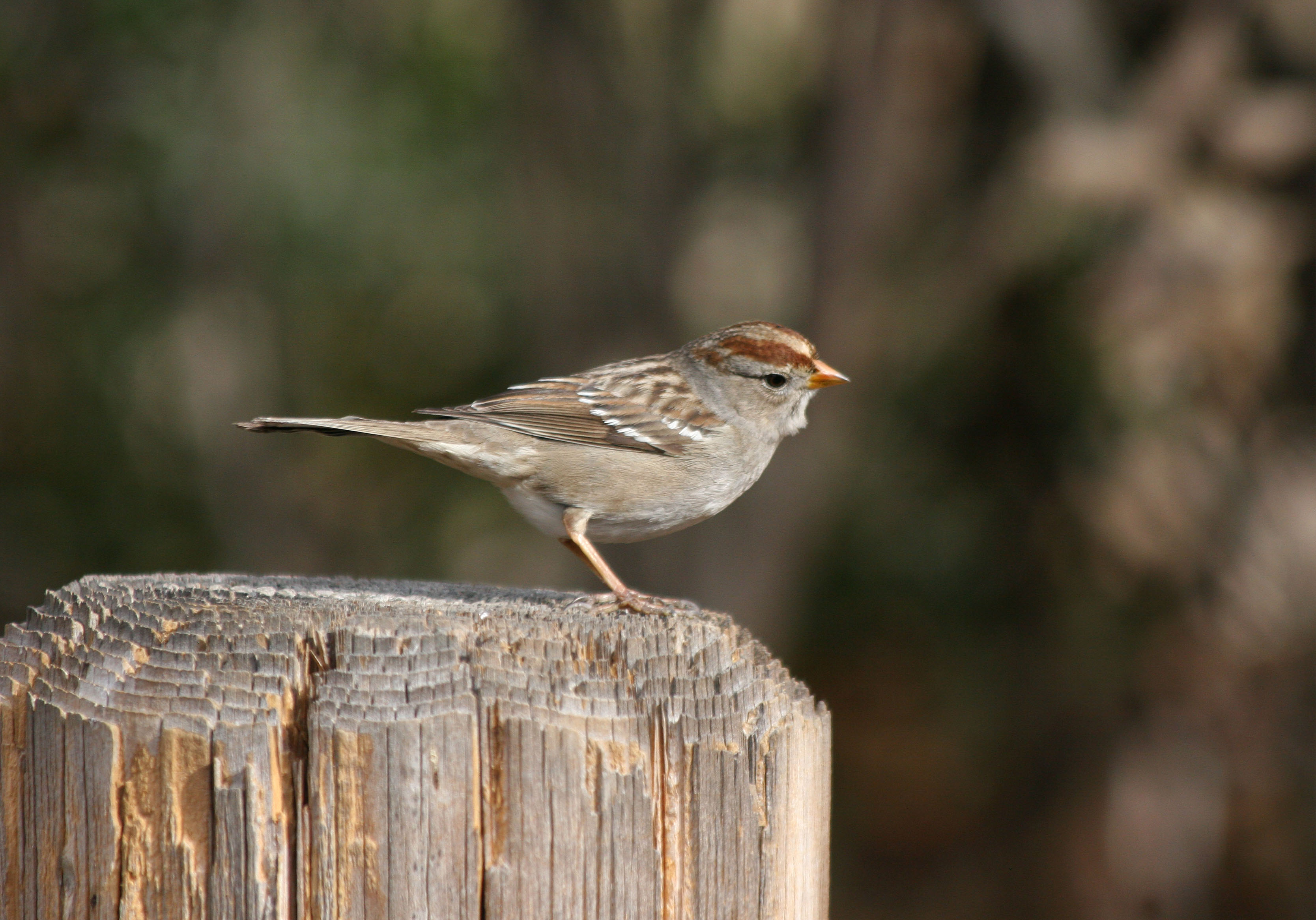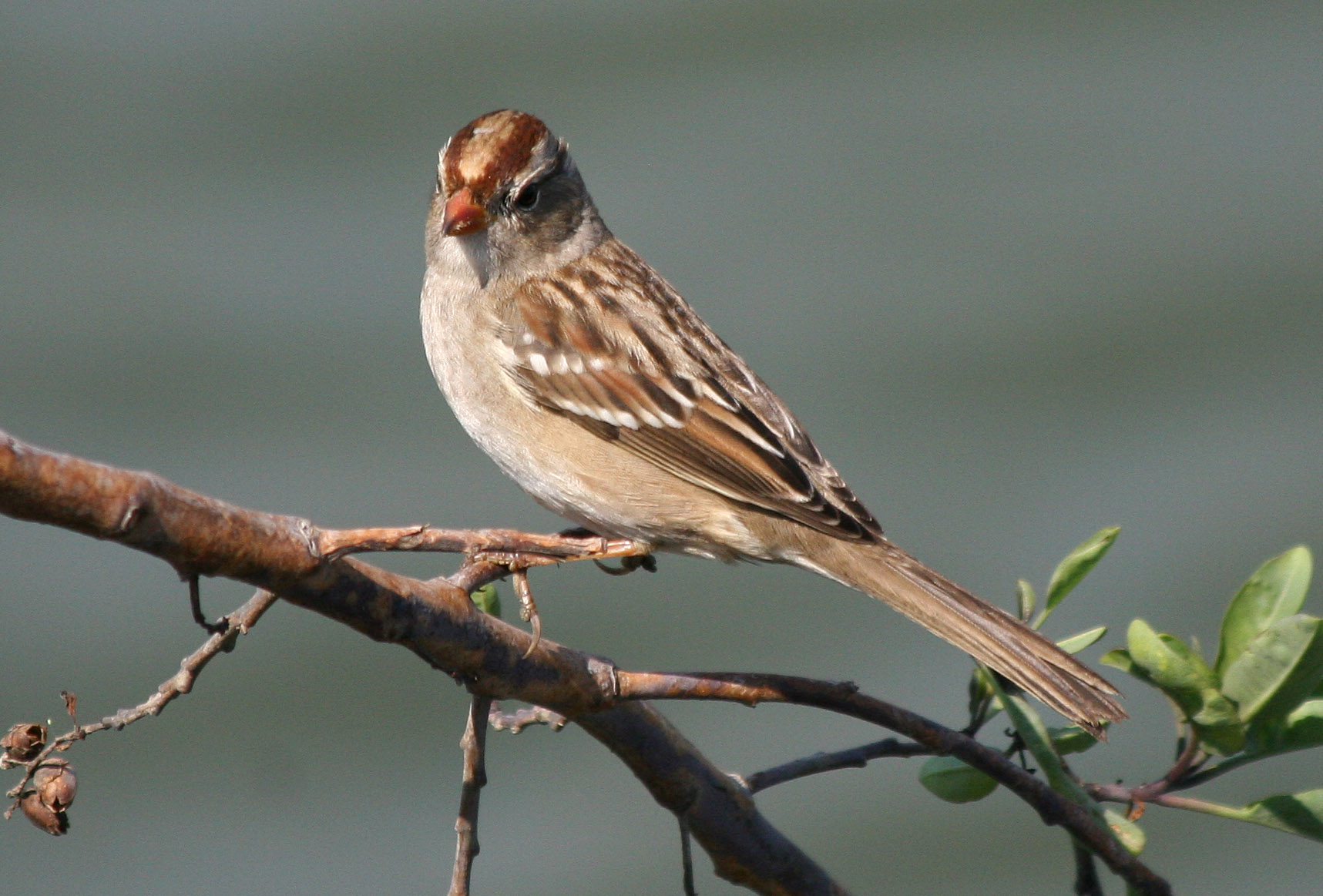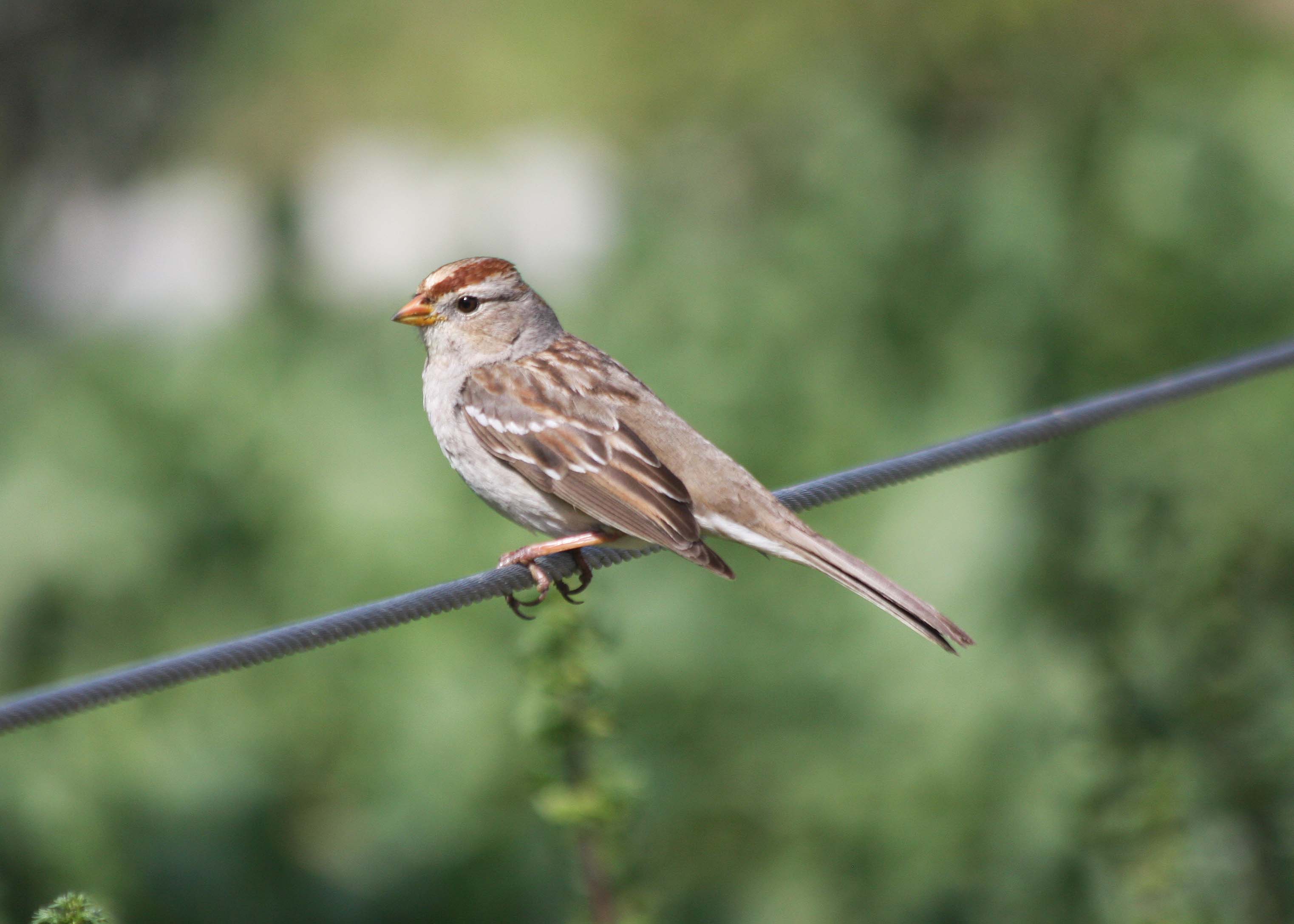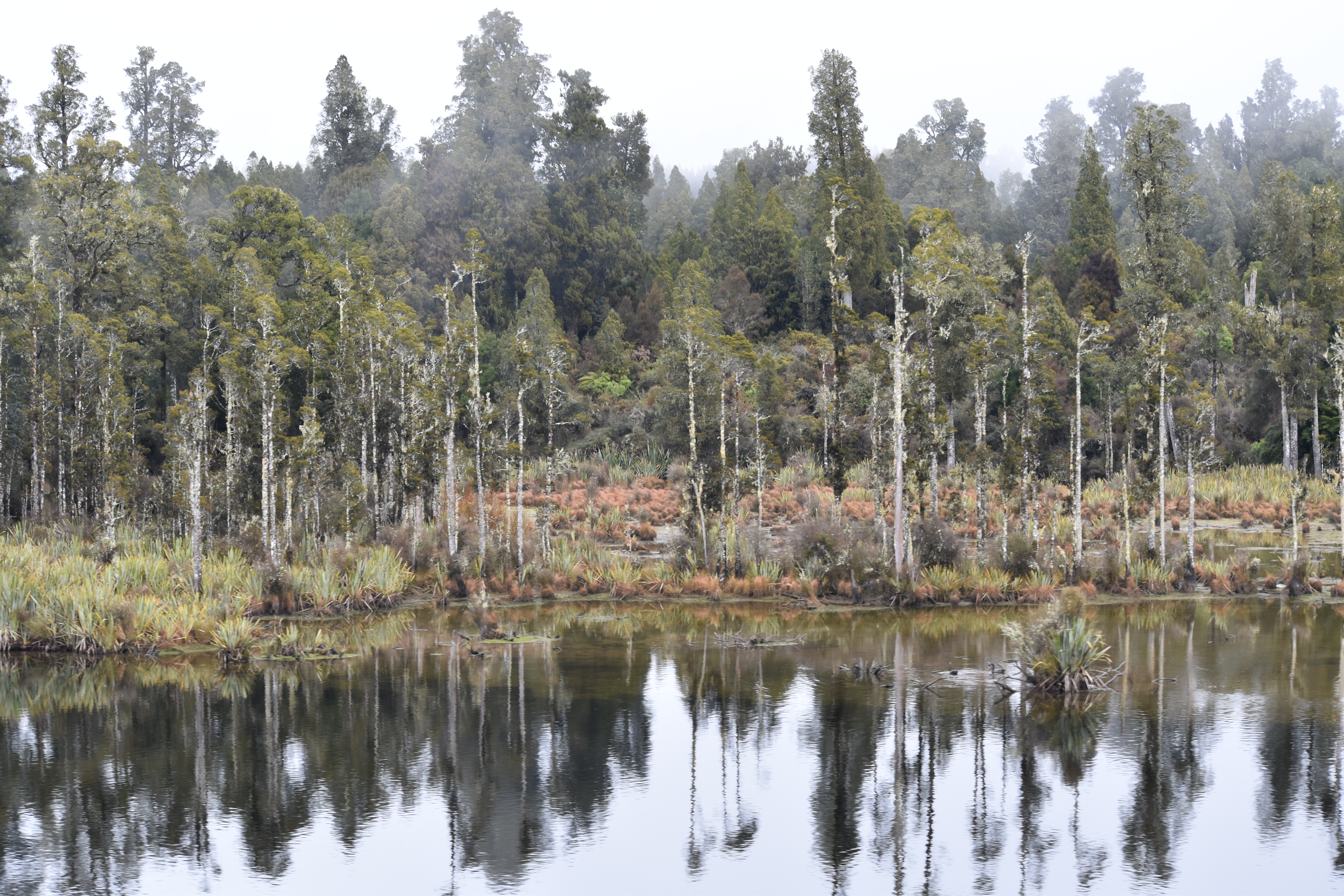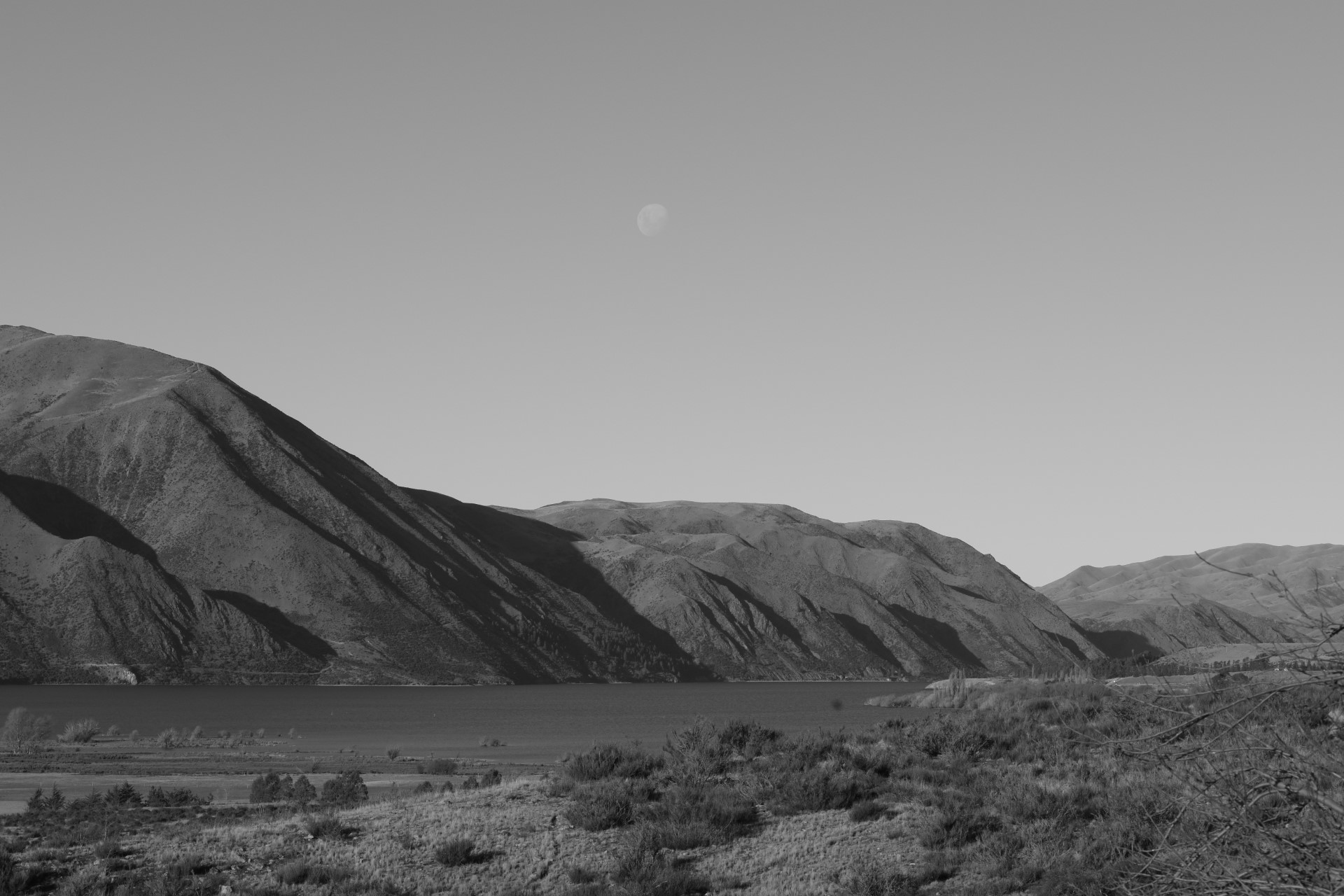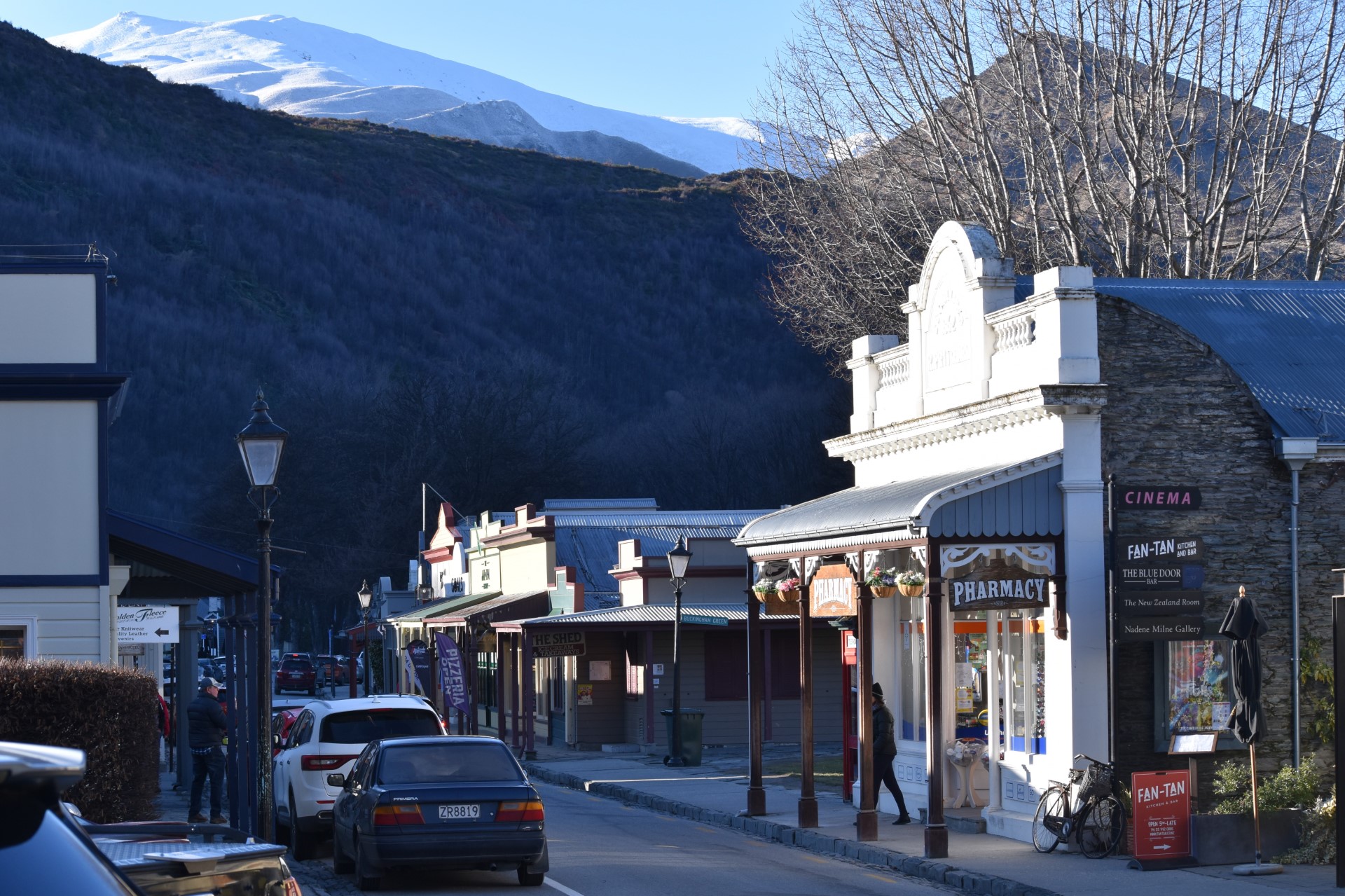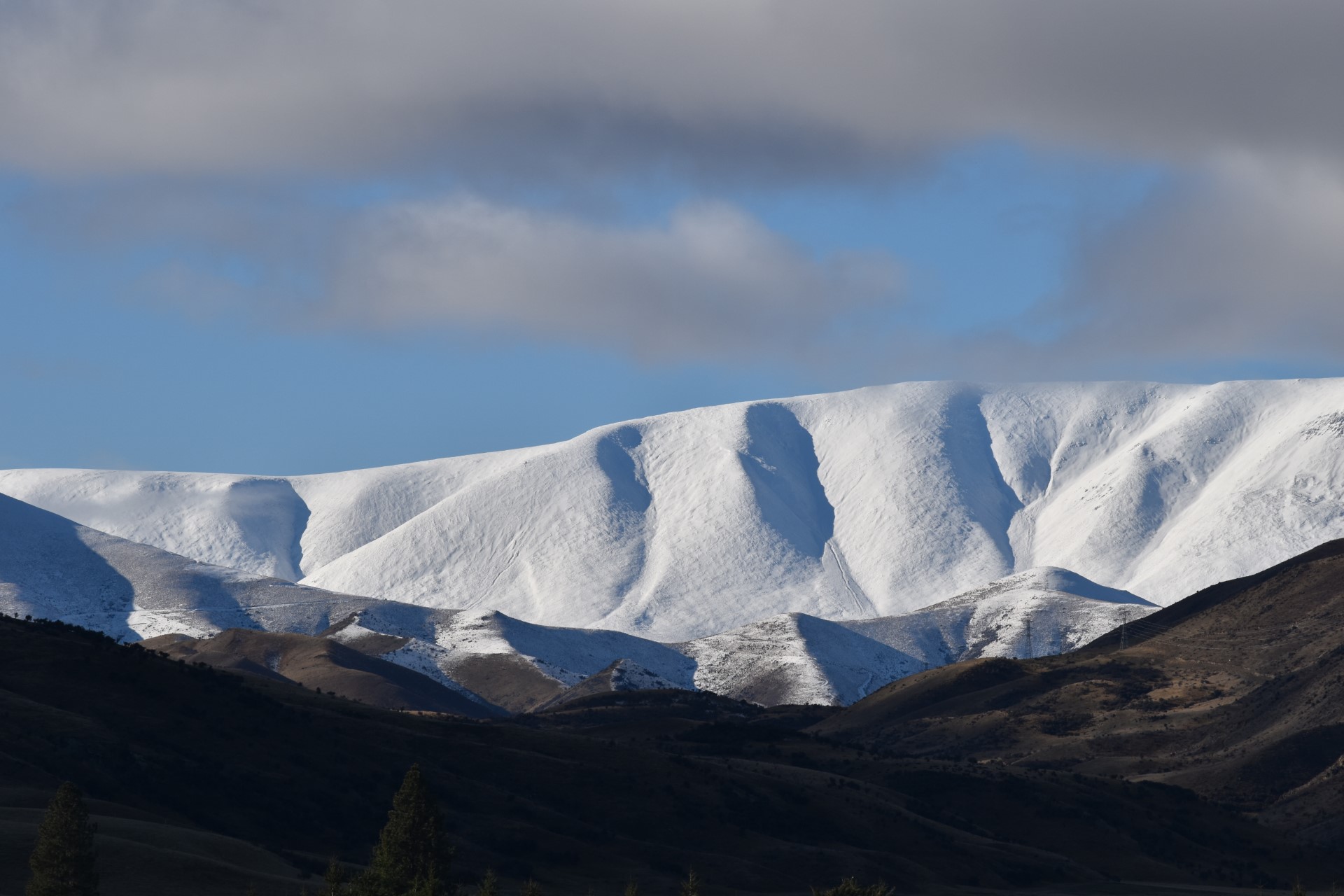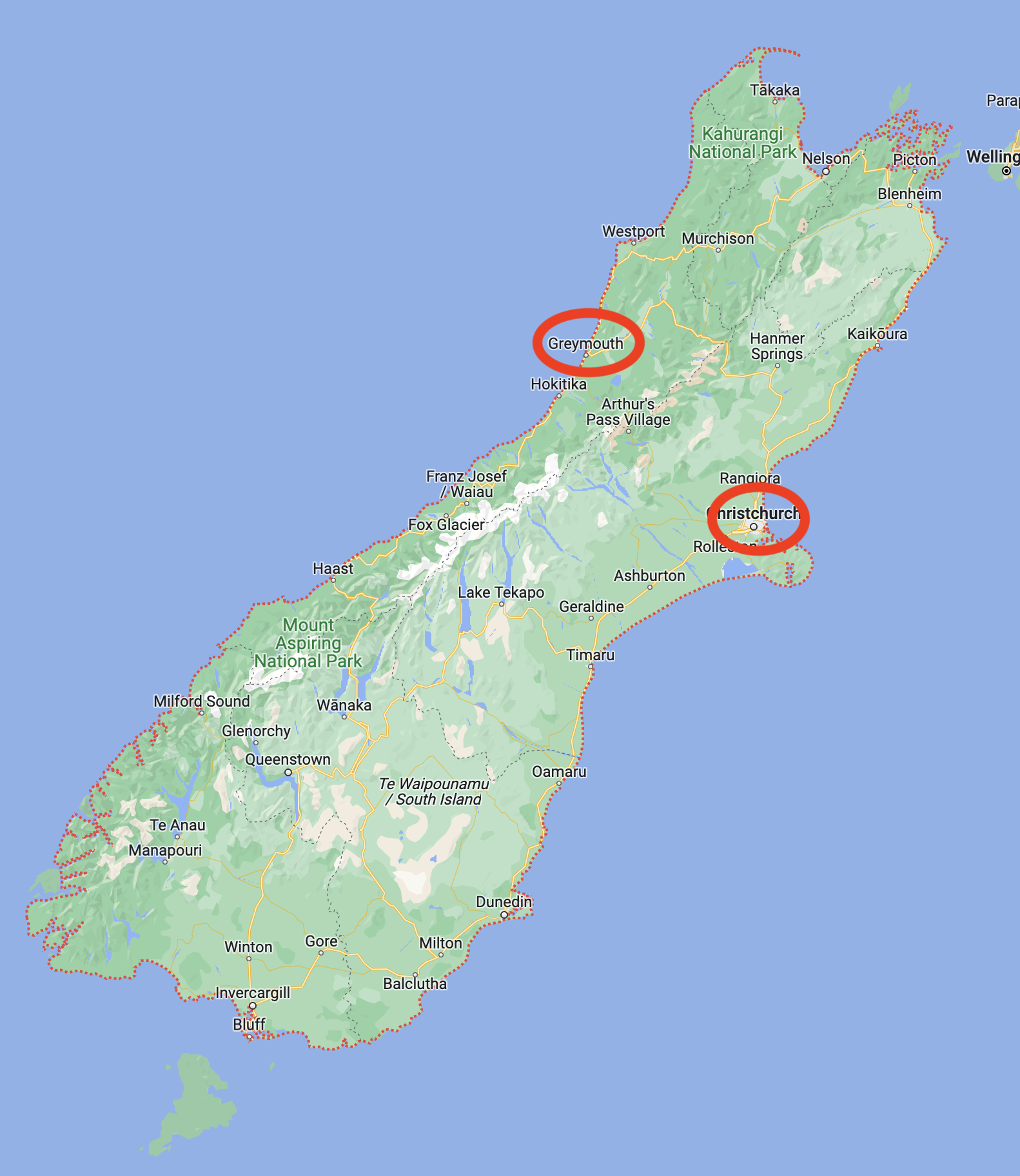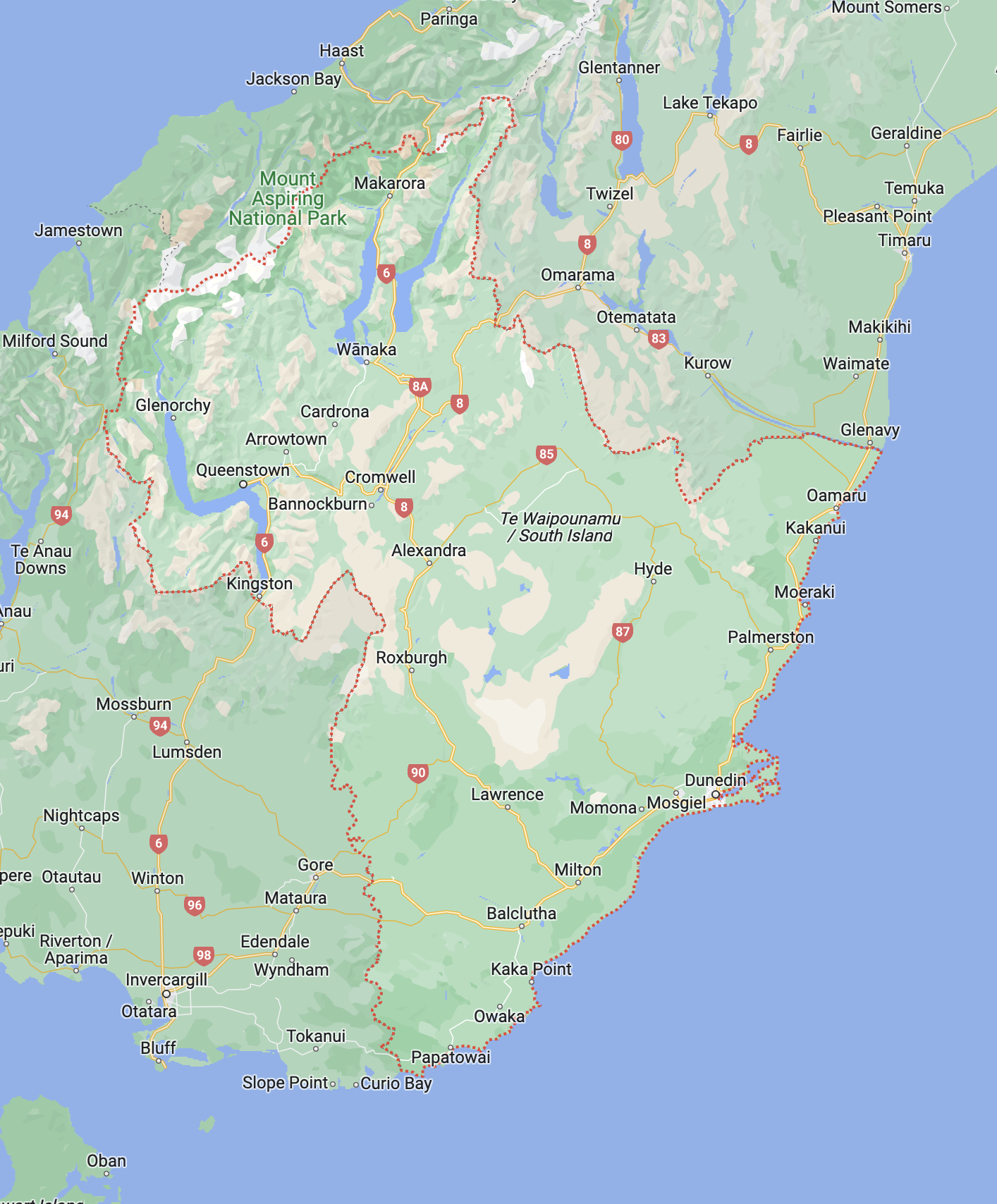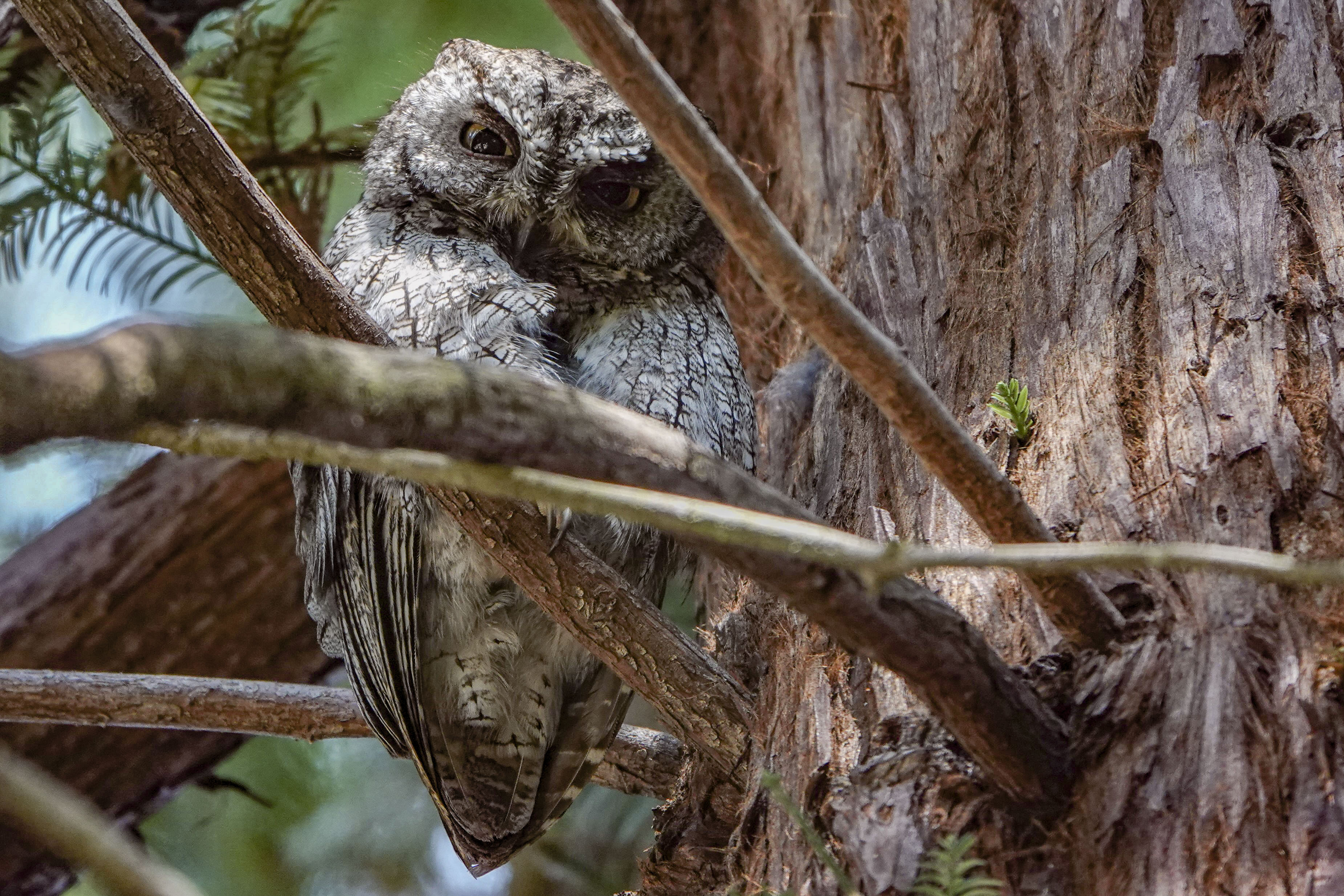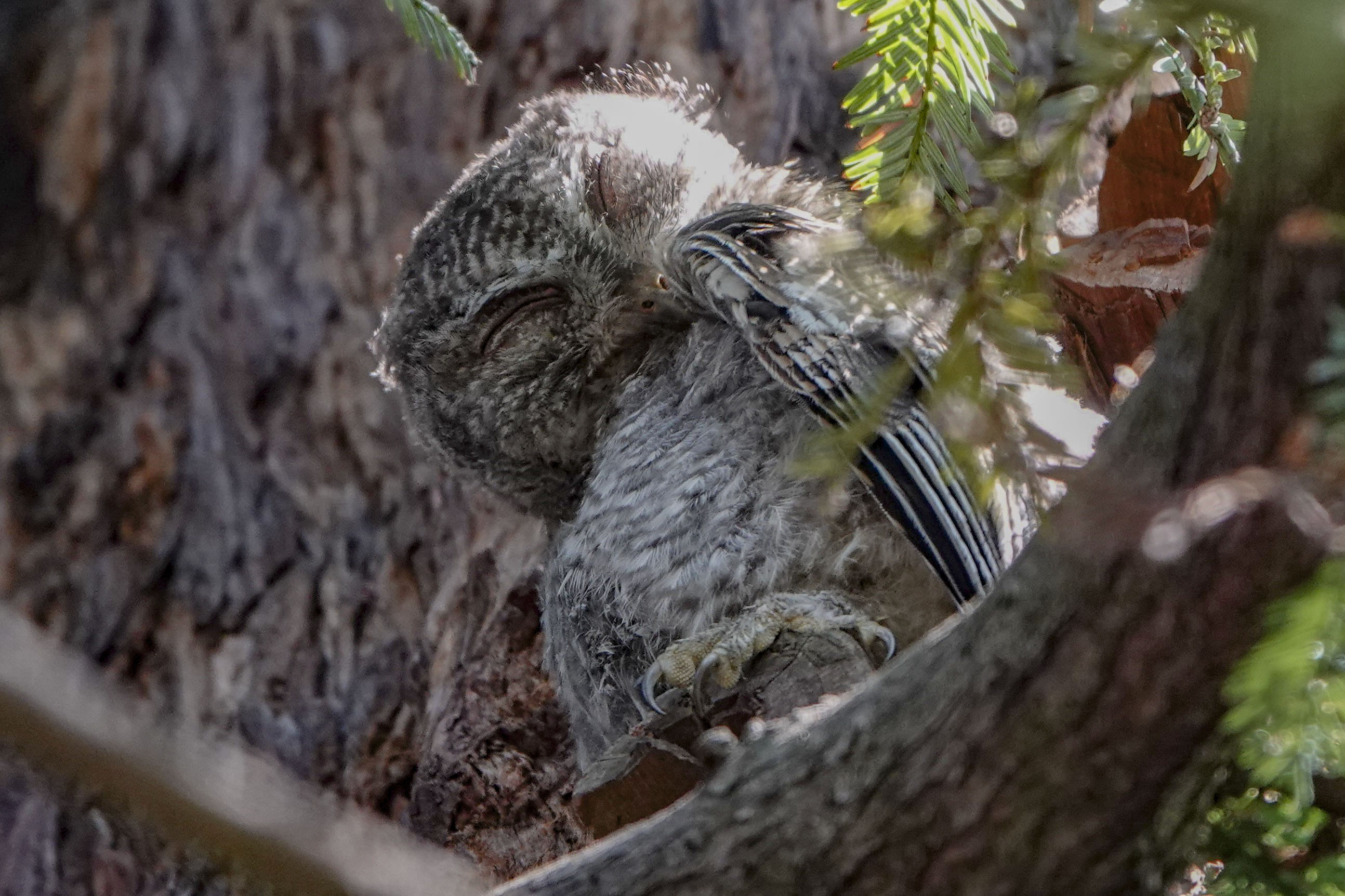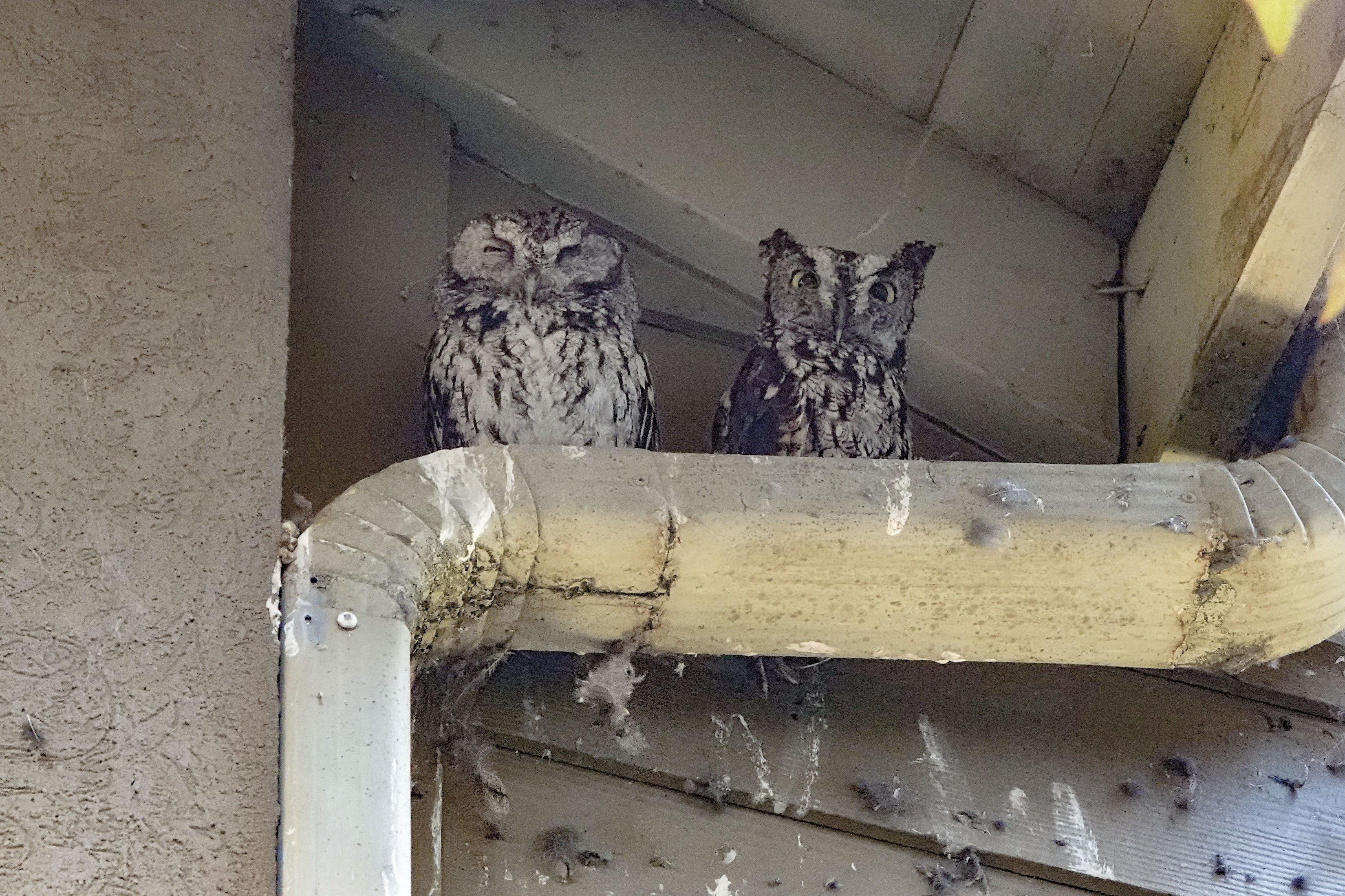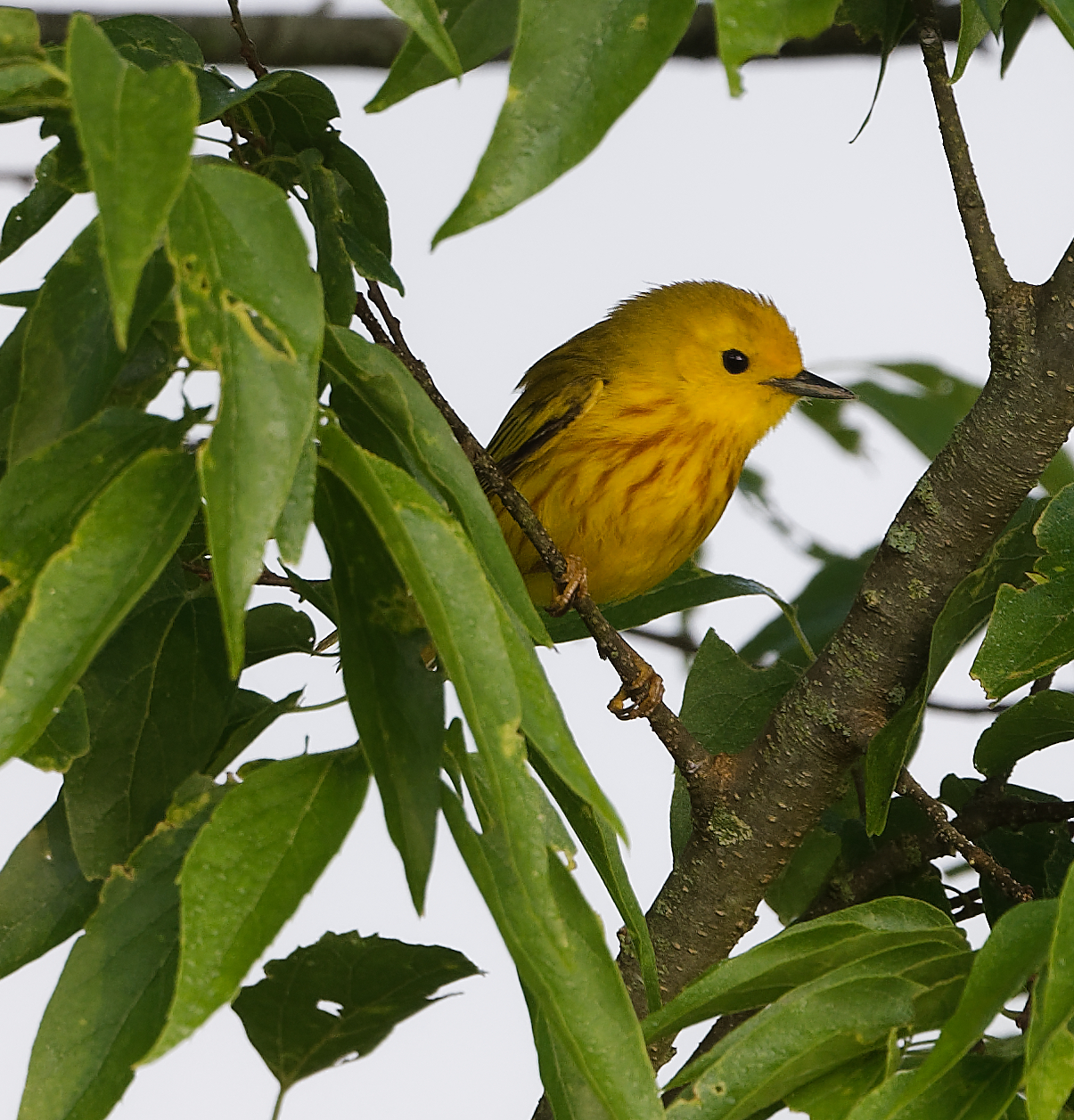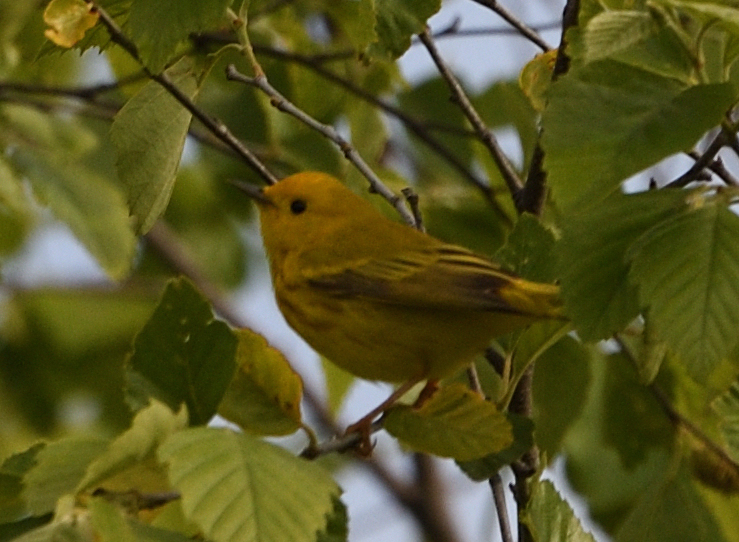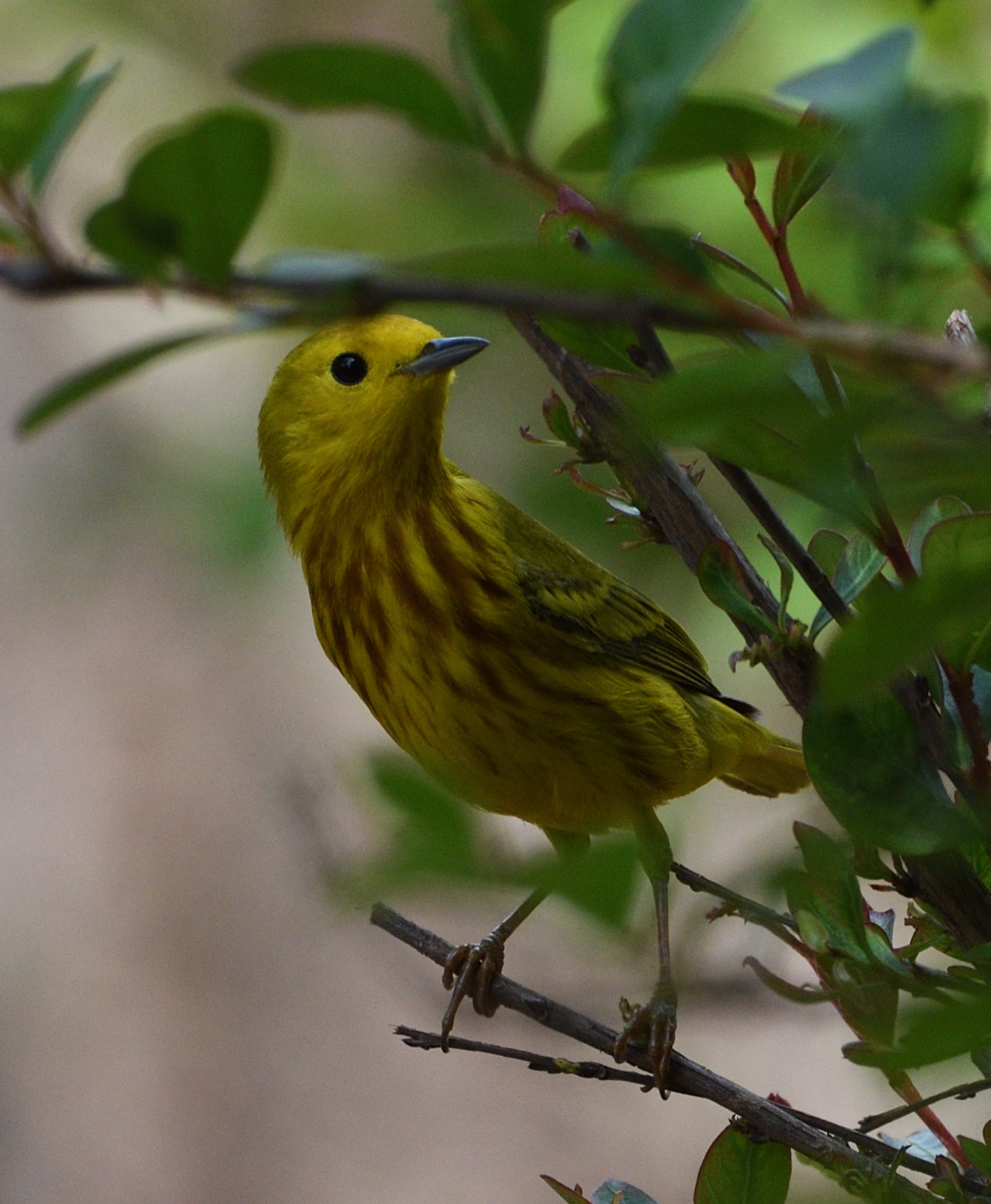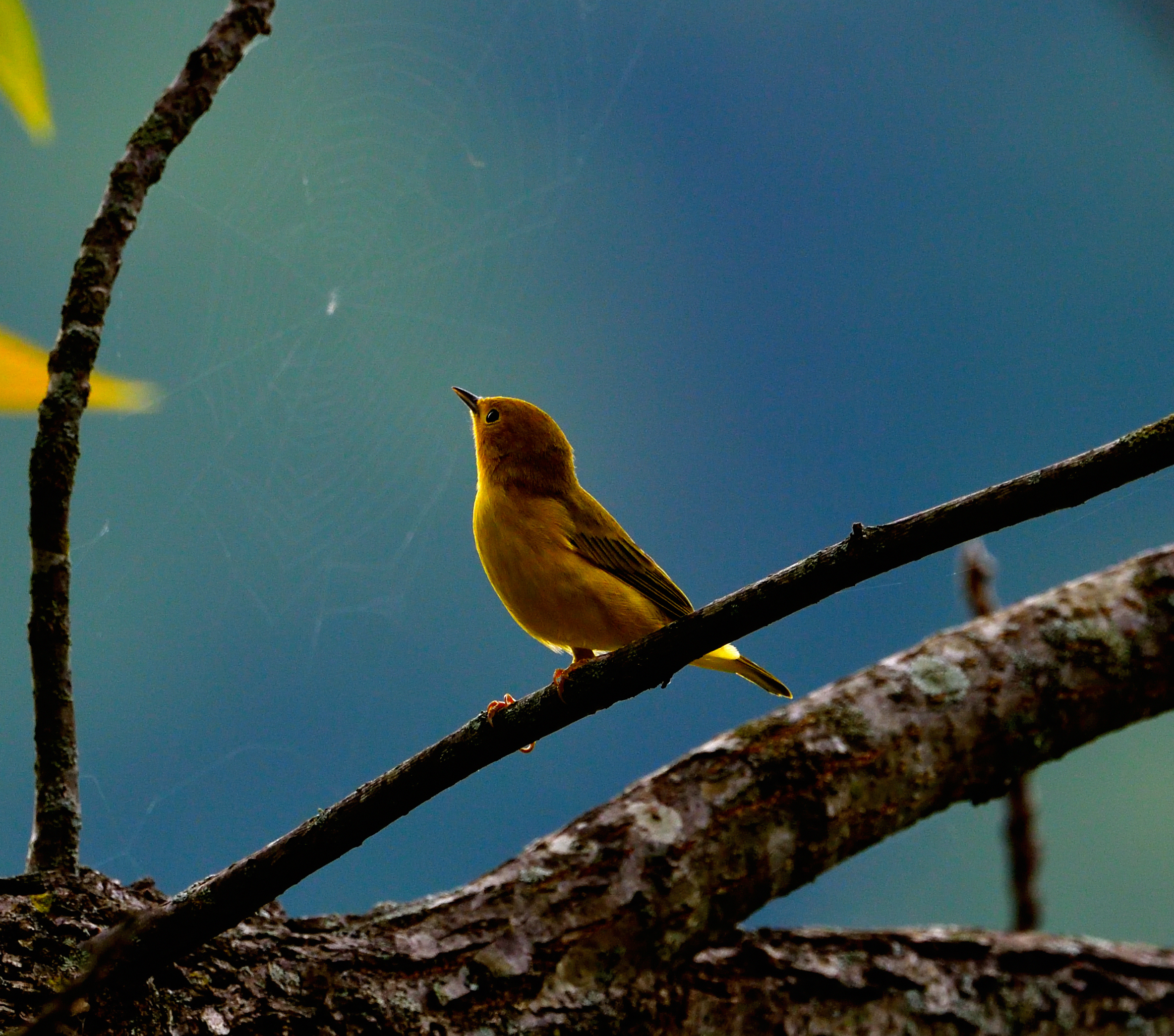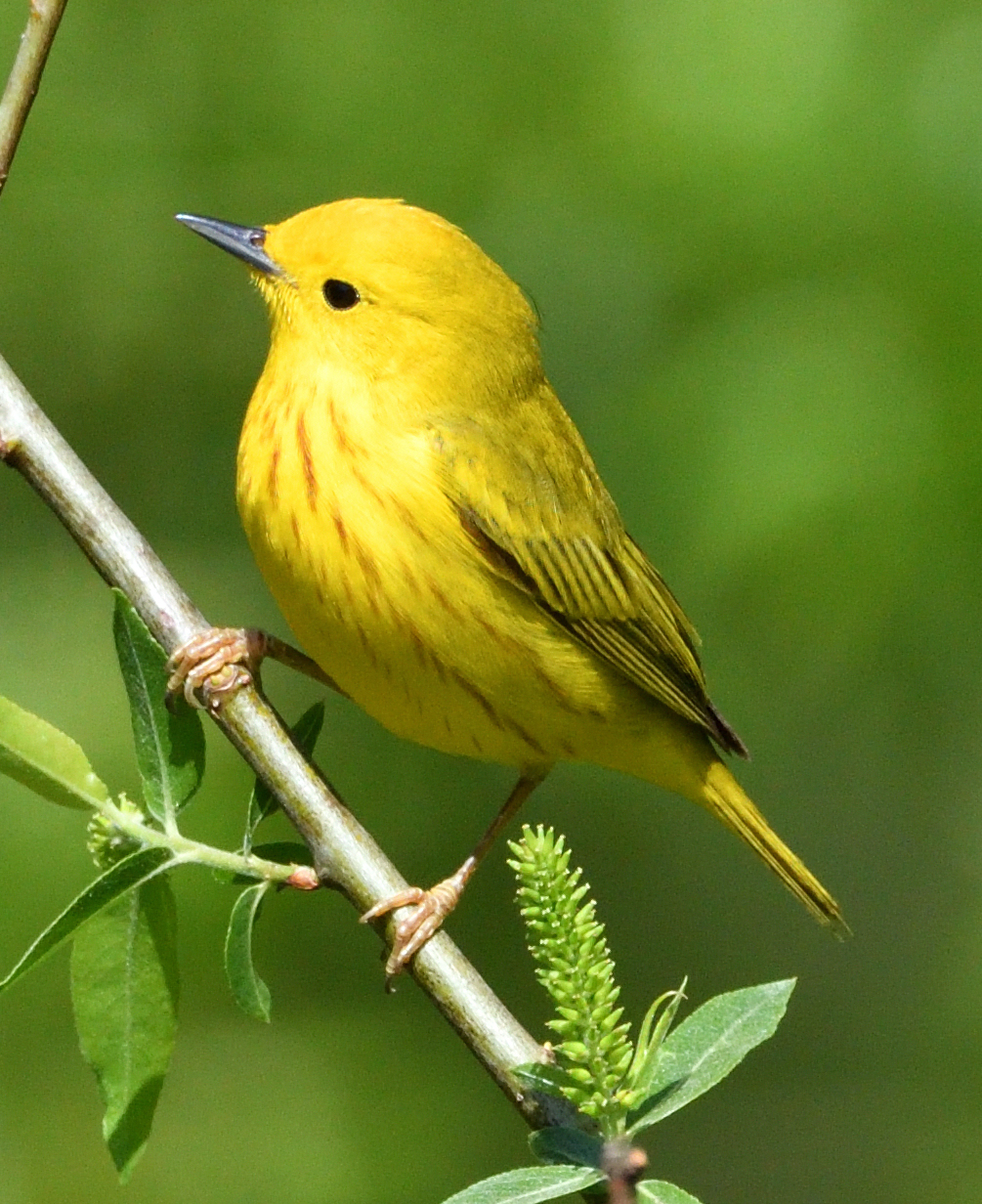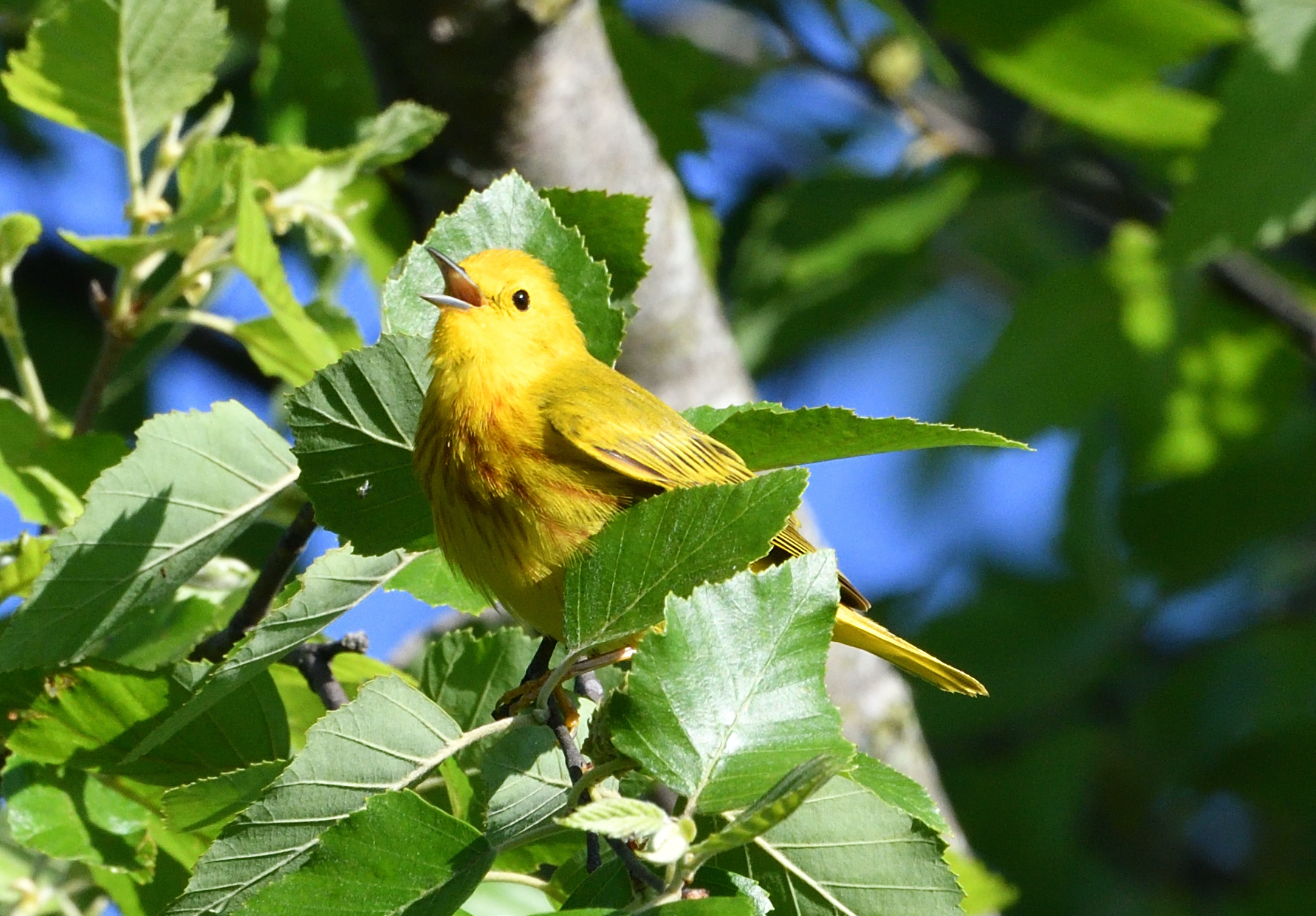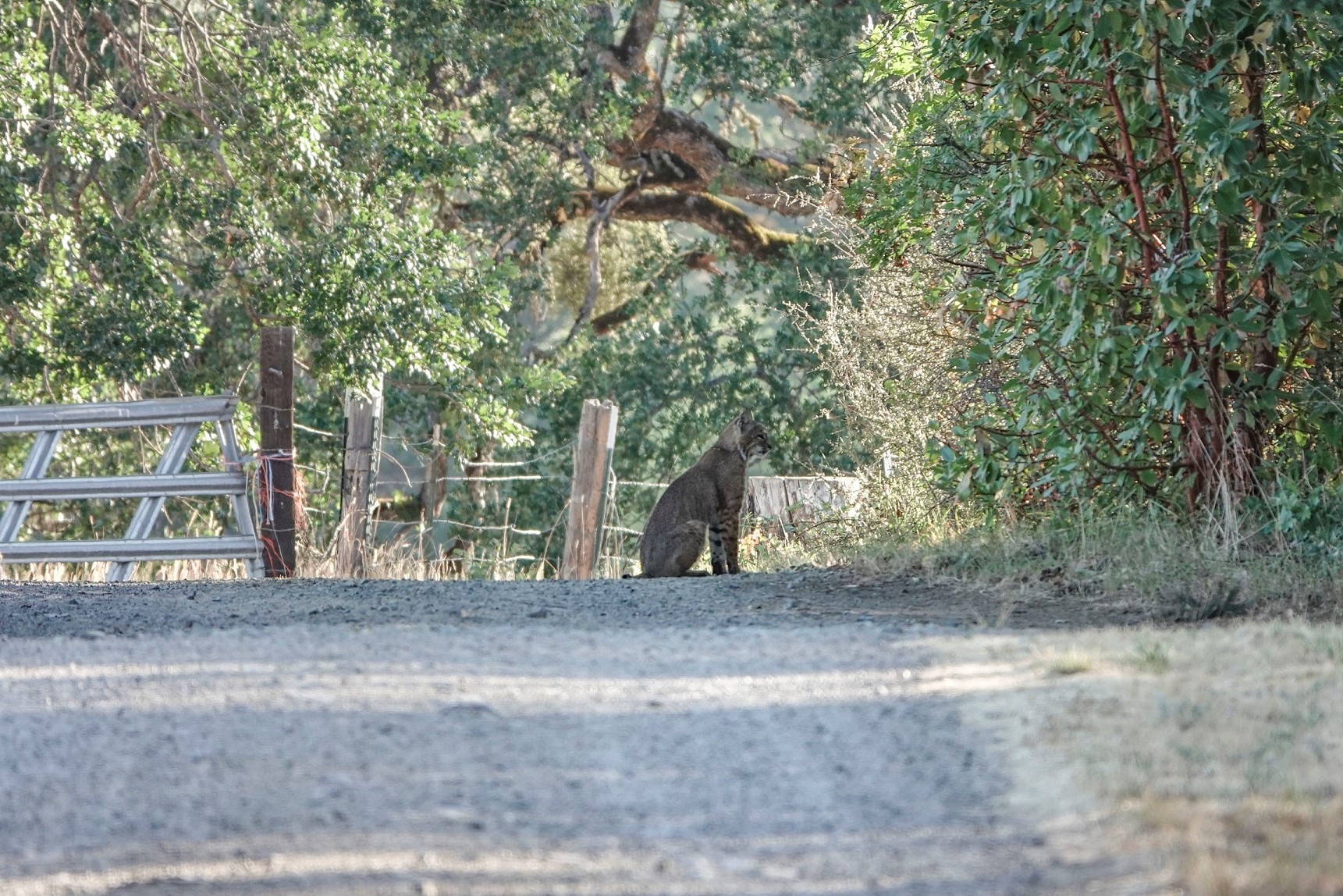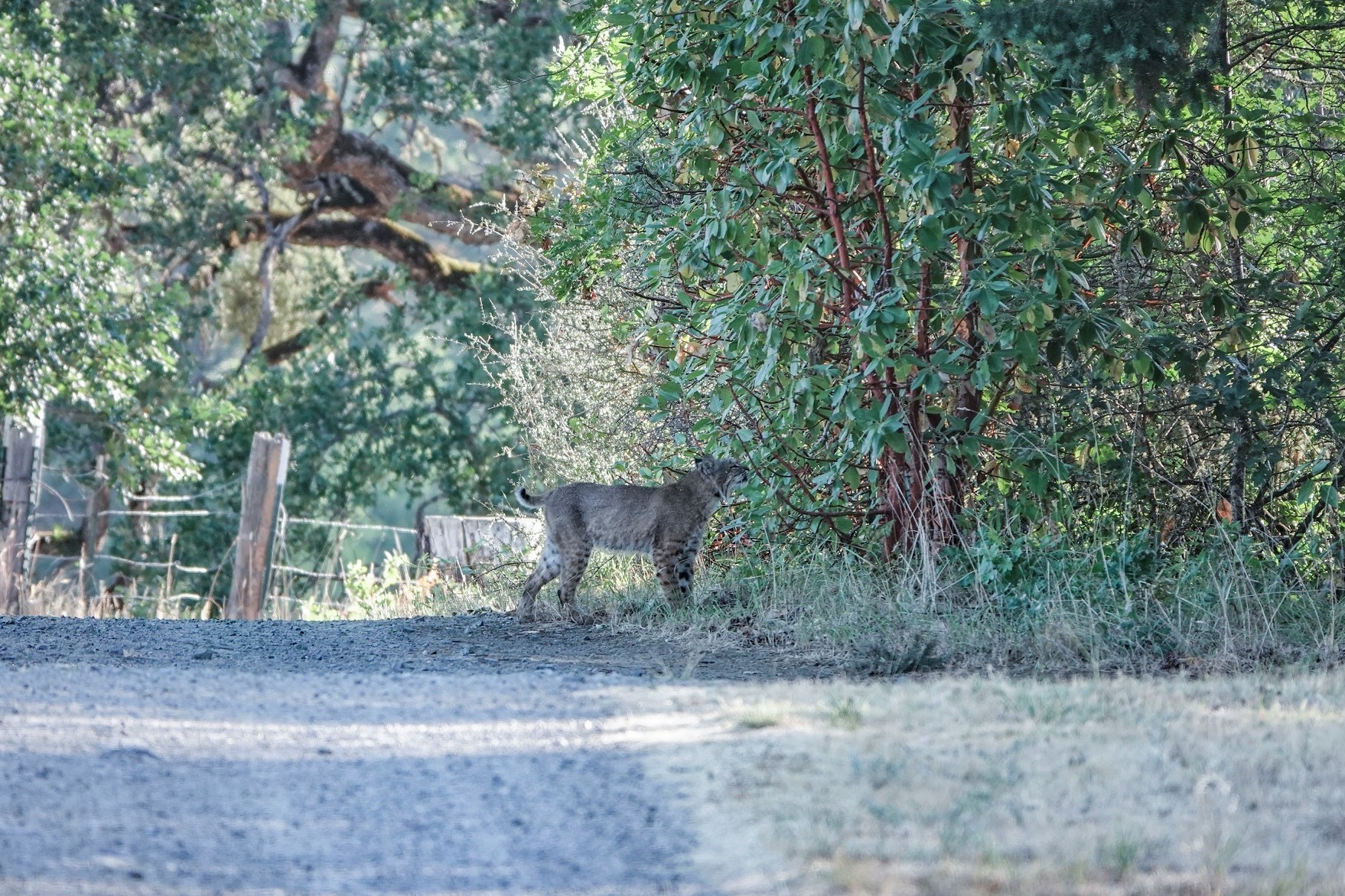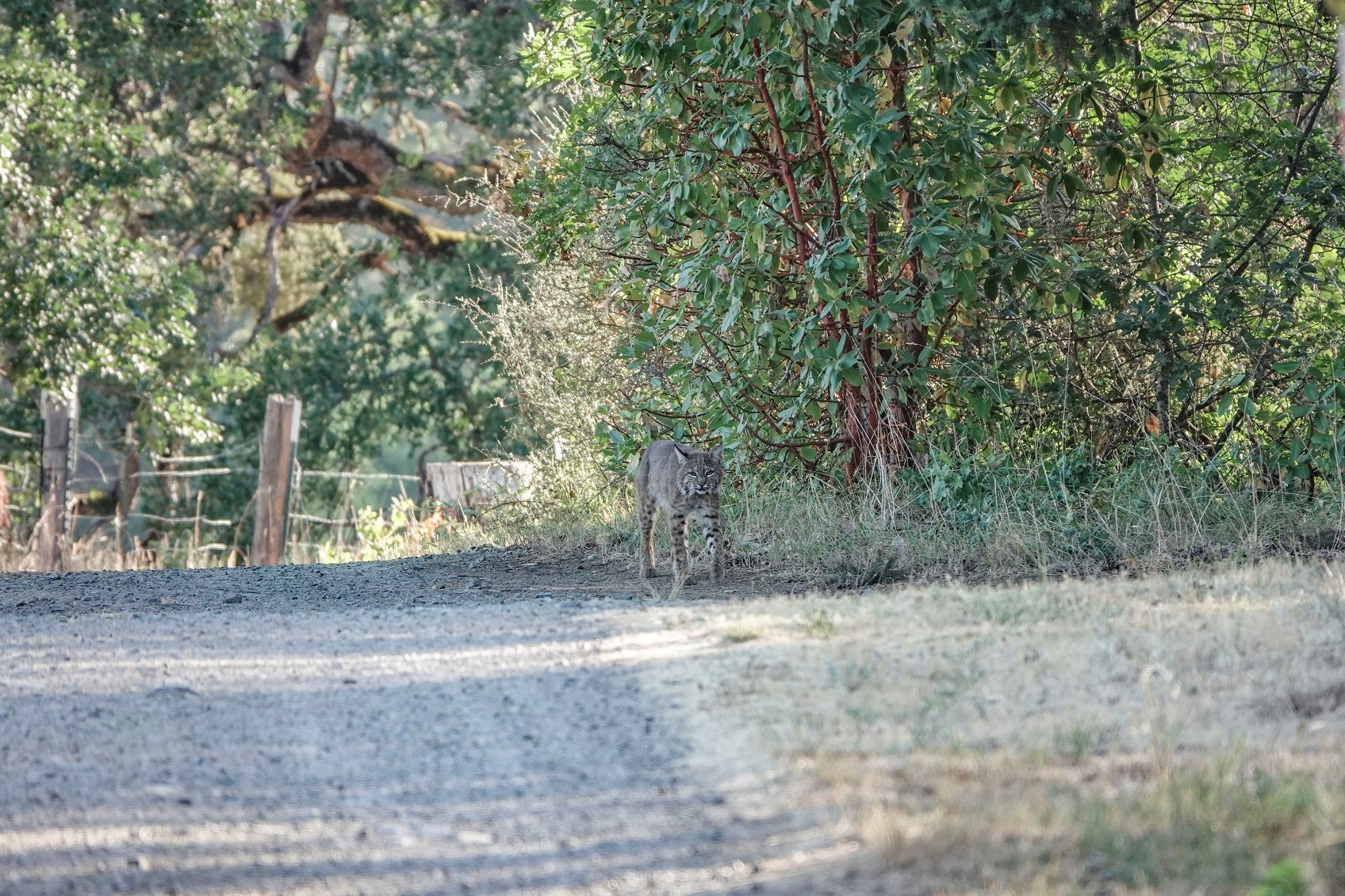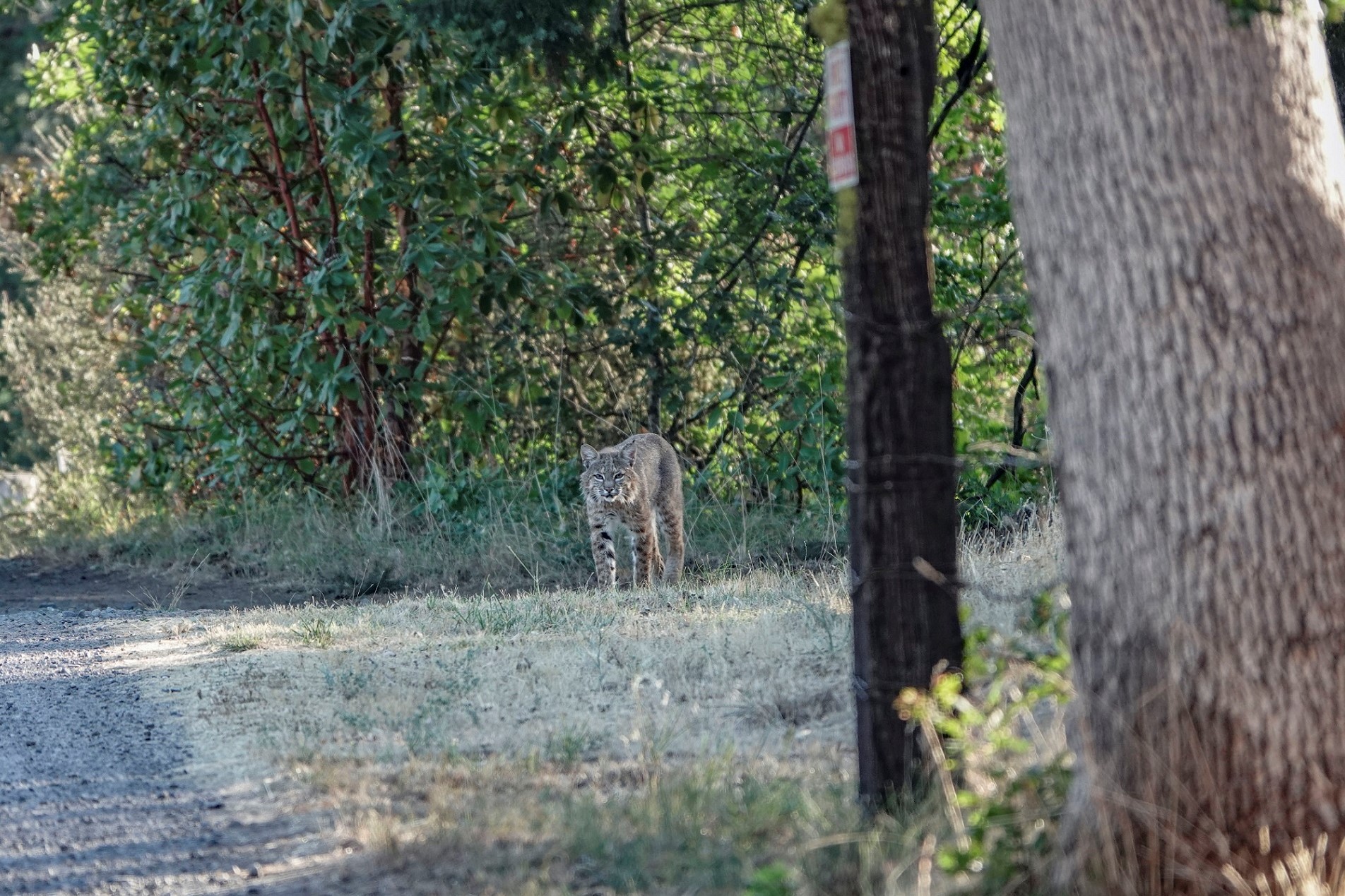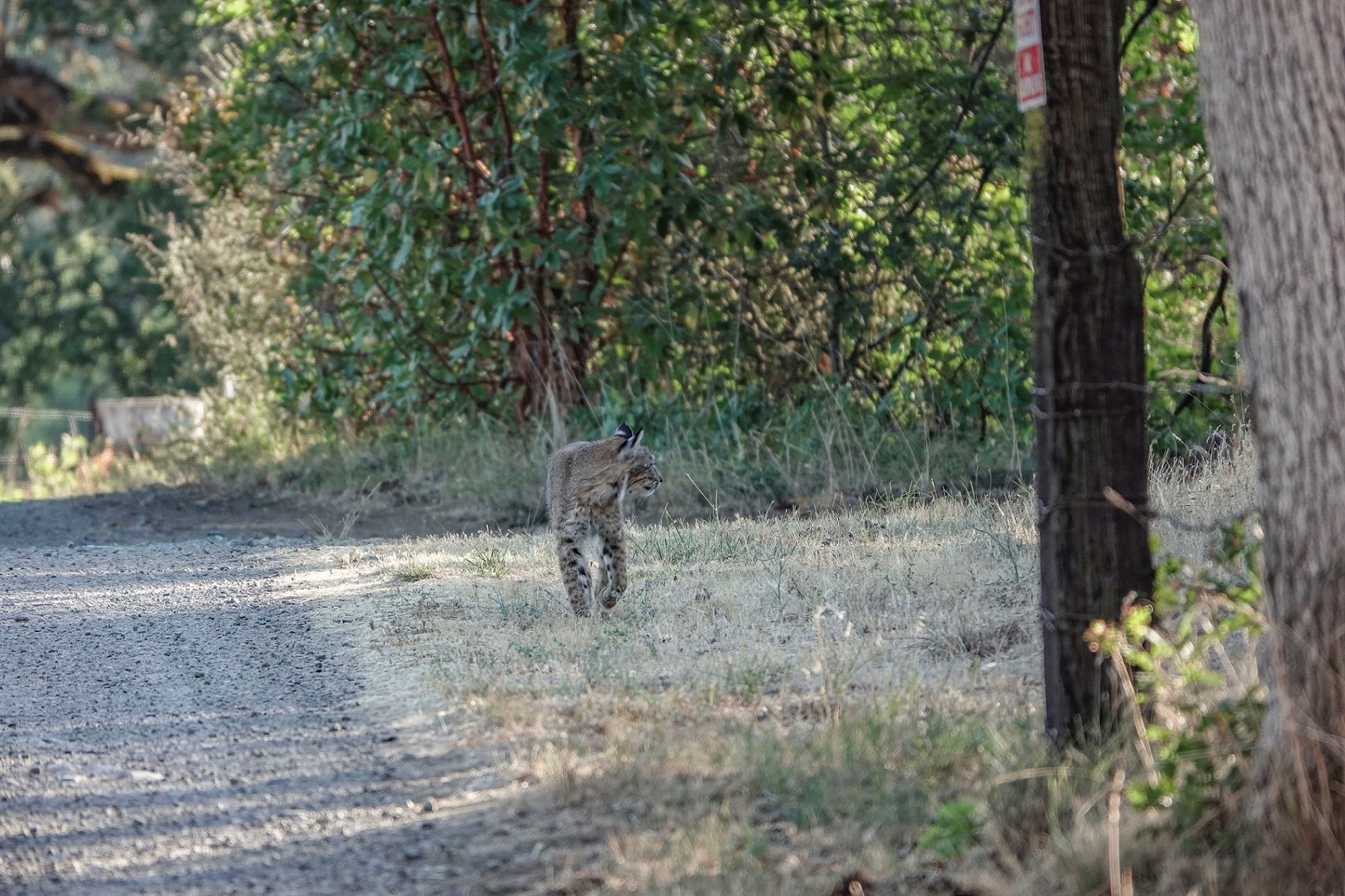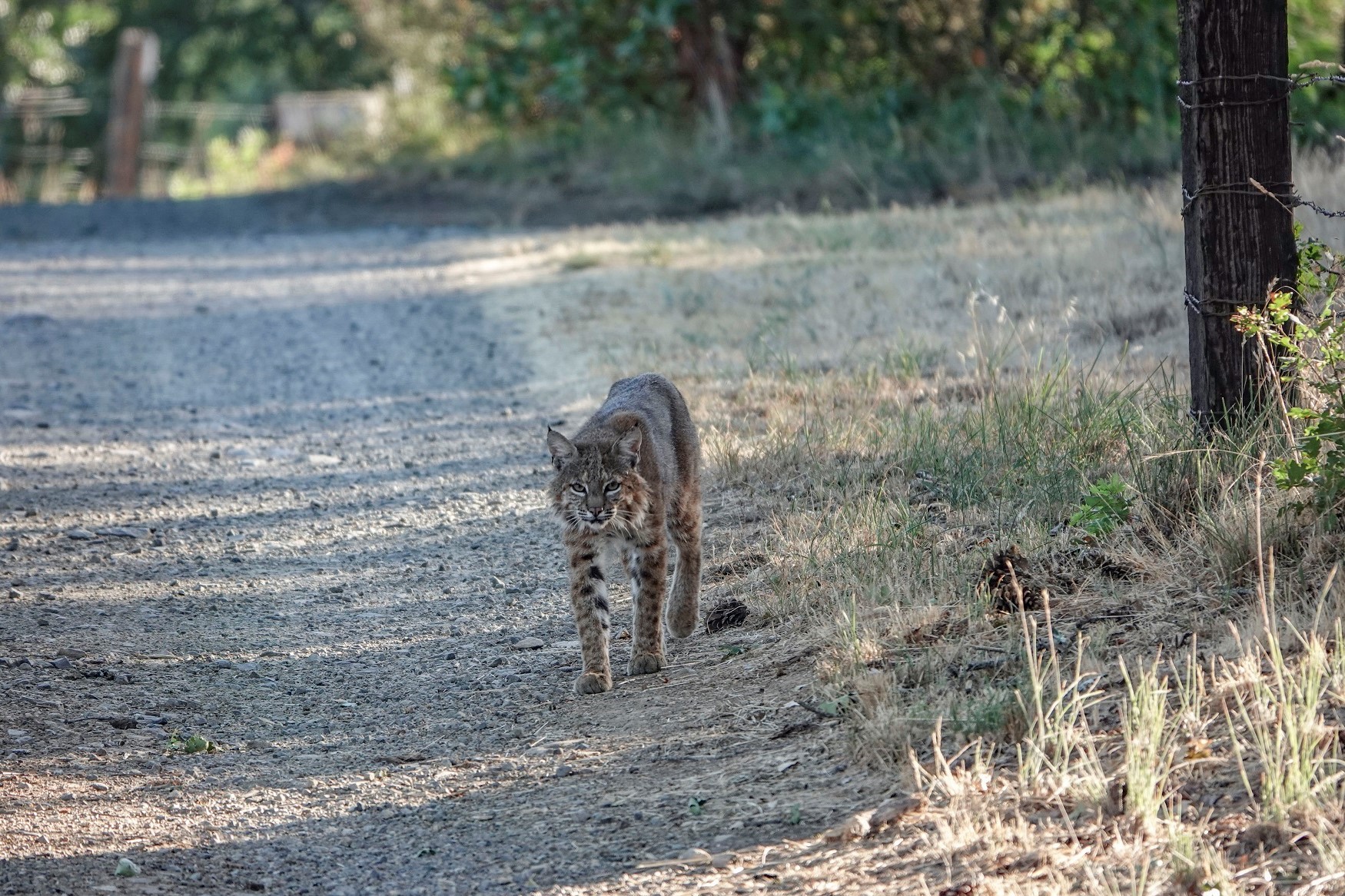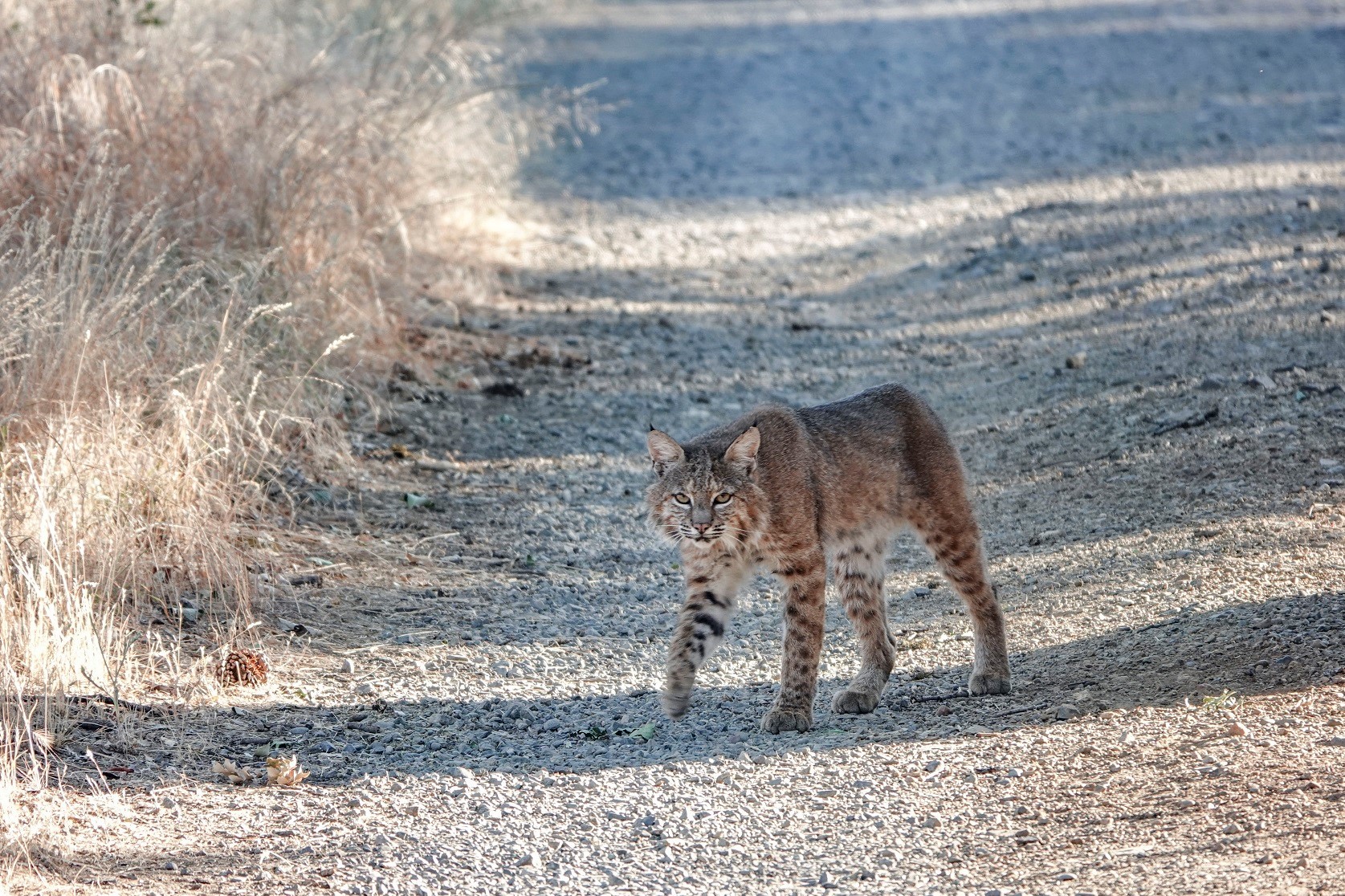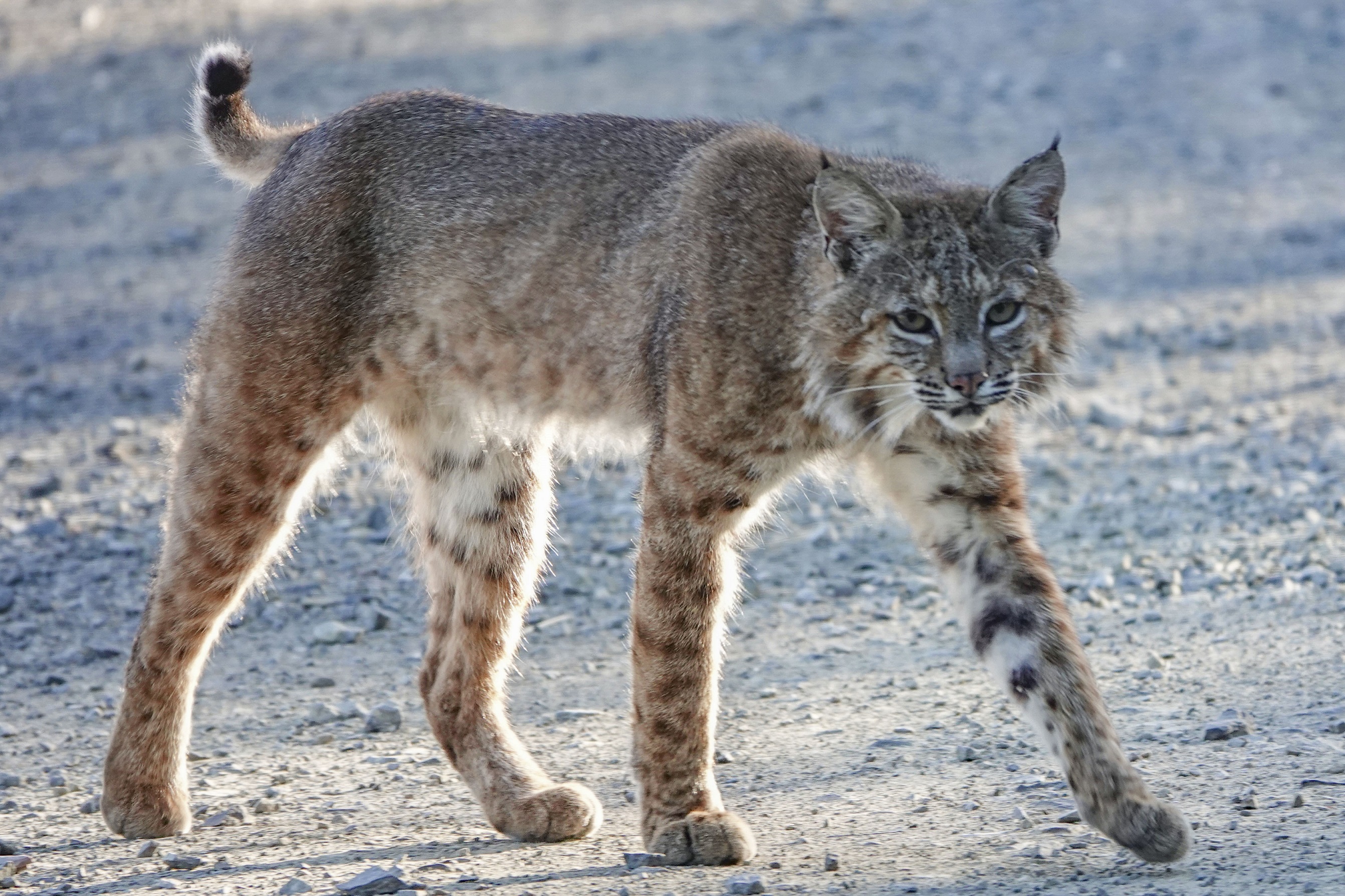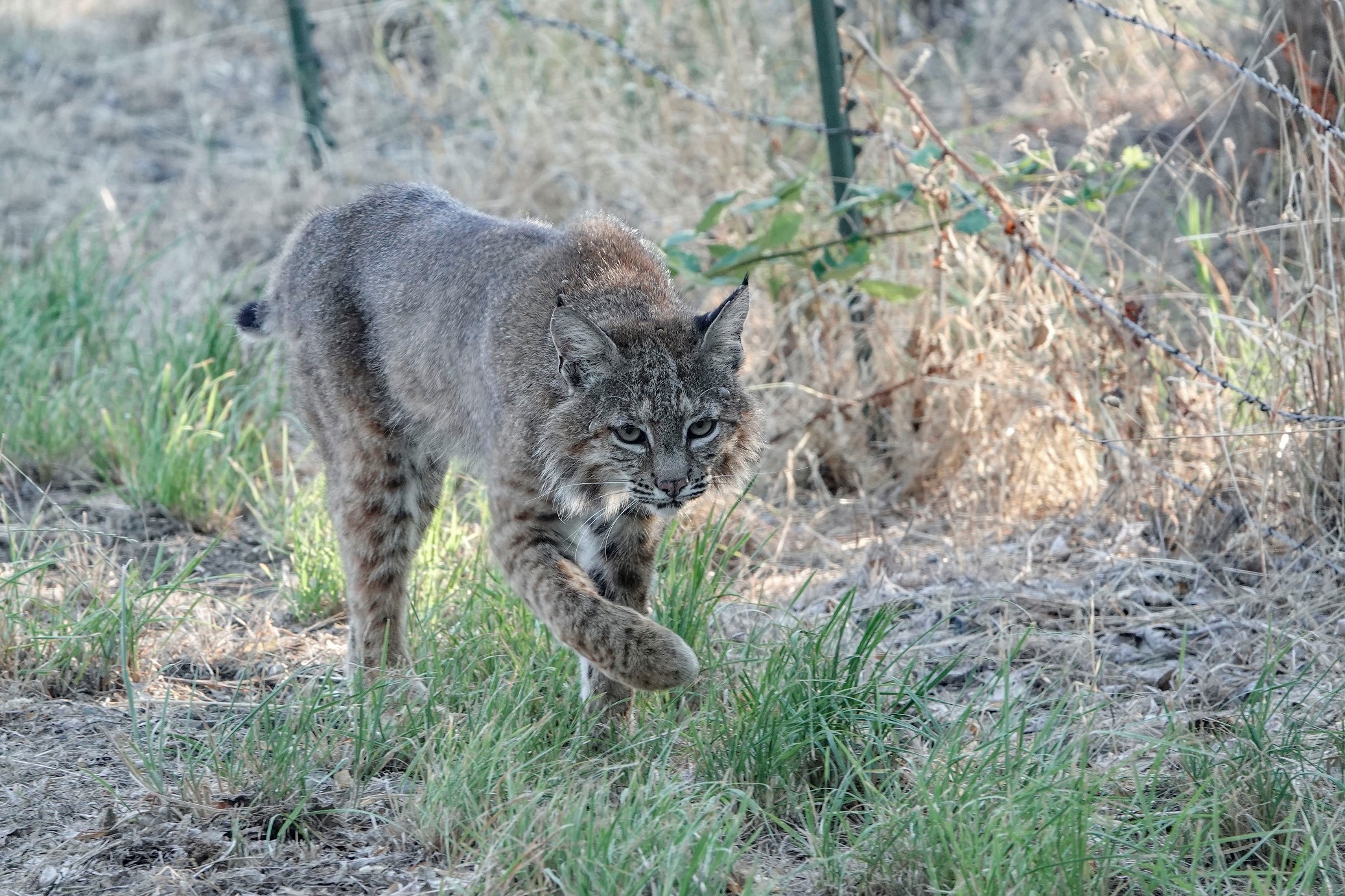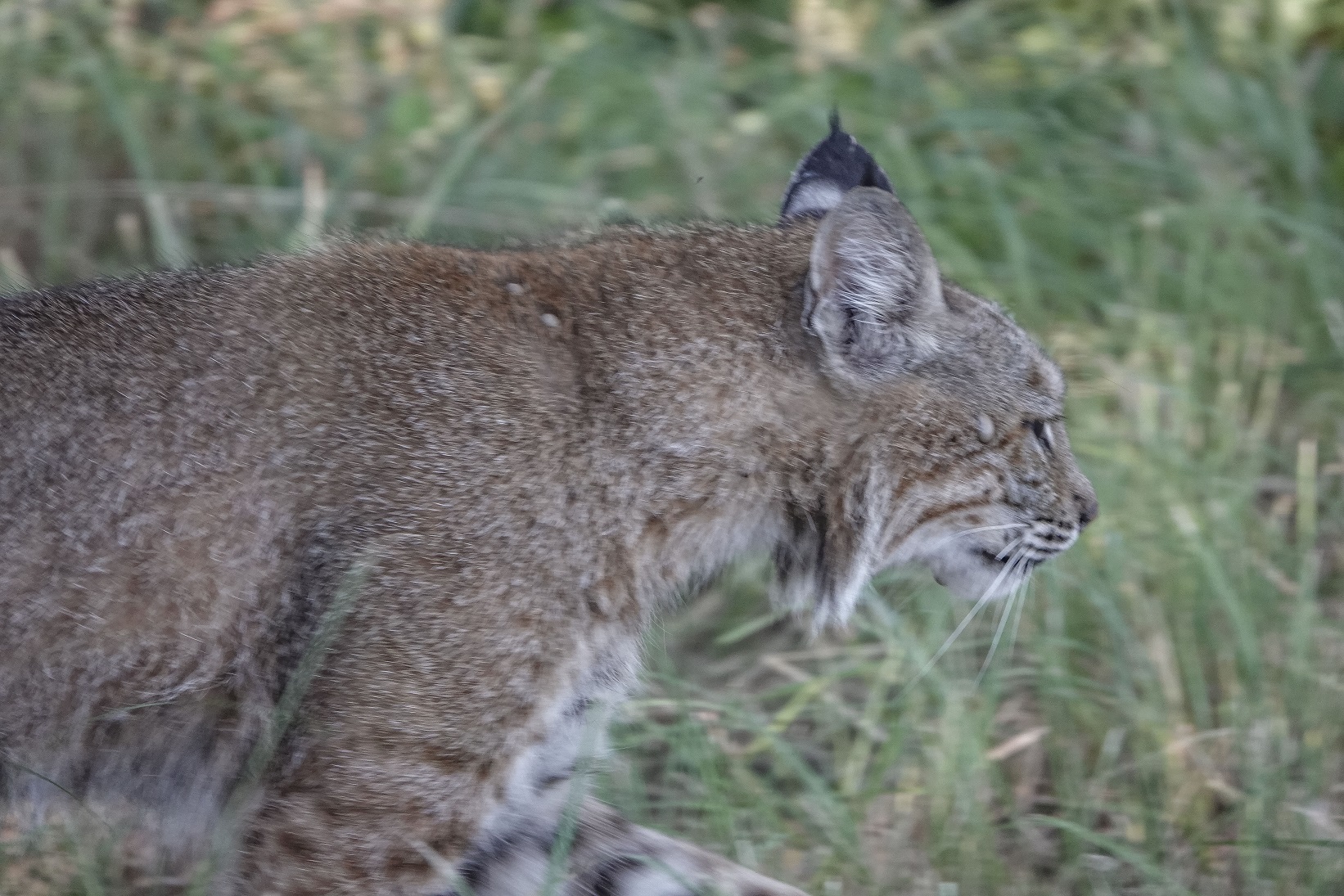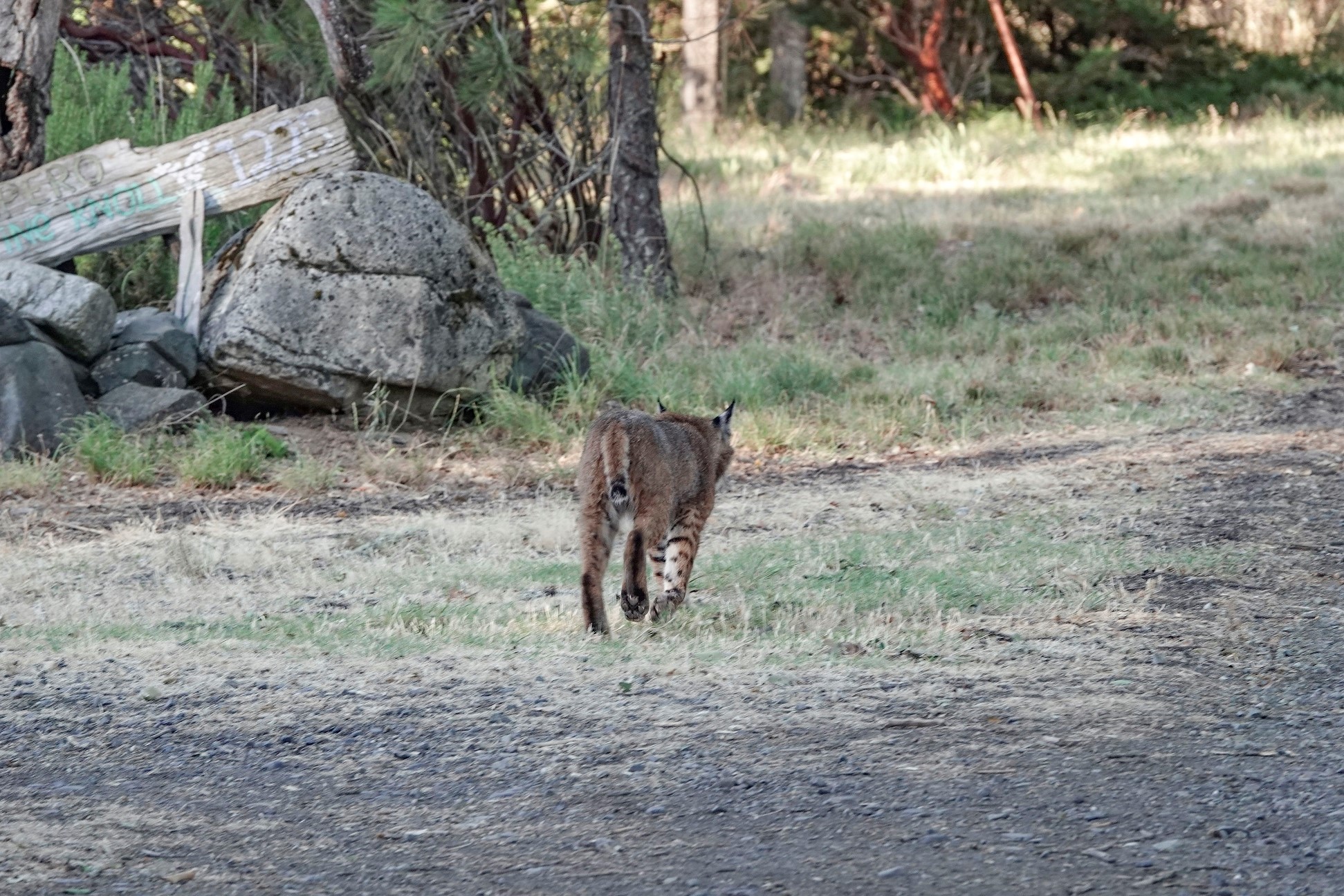Here’s the second part of a batch of photos sent by Texas reader Rik Gern (part 1 is here). The introduction was this:
n mid-March I visited a friend on a ranch in Luling, Texas, a small town about 50 miles south of Austin and 60 miles east of San Antonio. Originally a railroad town, and once known as “the toughest town in Texas”, Luling is now a minor oil town. [JAC: It’s also the home of the City Market, one of the finest BBQ joints in Texas.]
The landscape is typical of much of central Texas; it can look monotonous on the surface, but it’s full of interesting life when you look up close. The woods, which the locals refer to as scrub brush, consists largely of Spanish Oak, Mesquite, and Elm:
You can enlarge the photos by clicking on them; Rik’s text is indented.
This looks like some kind of floating spiked orb, but it is an overhead view of a Texas thistle (Cirsium texanum).

Here is a view of the flower in bloom. If this was all there was to it and it wasn’t covered in spikes, you’d want them as ground cover all over the place!
Here are several of the plants in different stages of blooming. Still beautiful, but a little more menacing.
Bitterweed (Helenium amarum) may have been the most common flower in this field. It’s a member of the daisy family and also goes by the names of yellow sneezeweed and bitter sneezeweed. I guess I got lucky because they didn’t make me sneeze!
This pink evening primrose (Oenothera speciosa) makes for an interesting optical illusion; the light is coming from the upper right and of course the petals form a concave shape, but if you imagine the light source coming from the lower left, all of a sudden it appears to be billowing outward in a convex fashion. These are often referred to as buttercups, but are not part of that family.
As I was photographing this Winecup (Callirhoe involucrata) I noticed some movement and was surprised to get photobombed by a little spider. I didn’t realize spiders could be pollinators.
You’d think this flower would be easy to identify, but iNaturalist’s Seek app couldn’t identify it, and a web search for “yellow Texas wildflowers” didn’t help either. It’s mighty pretty though, and this picture is also photobombed, this time by two tiny critters with long antennae.
This is called a pinwheel or Indian blanket (Gaillardia pulchella) and has been photobombed by the same type of critter that found its way into the previous picture.
The sun sets on Luling; a beautiful end to a beautiful day!
To give you an idea of the richness of the landscape, all of these pictures, minus the sunset were taken within an approximately fifteen foot radius of one another. One other life form that played a major role (the villain, as it were) in these pictures was the pesky chigger (genus Eutrombicula). City boy that I am, I waded deep into the fields and got down on my hands and knees to take pictures, entranced by the beauty of the plants and neglectful of the precautions I should have taken against these little pests. Not only did I fail to tuck my pants into my boots, but I neglected to shower at the end of the day, so when I returned to my home in Austin I had bright red itchy dots all around the area covered by my sox and grundies. That was about ten weeks ago and I still have marks on my ankles. I won’t make that mistake again, but it was still worth it to see so many pretty sights!

